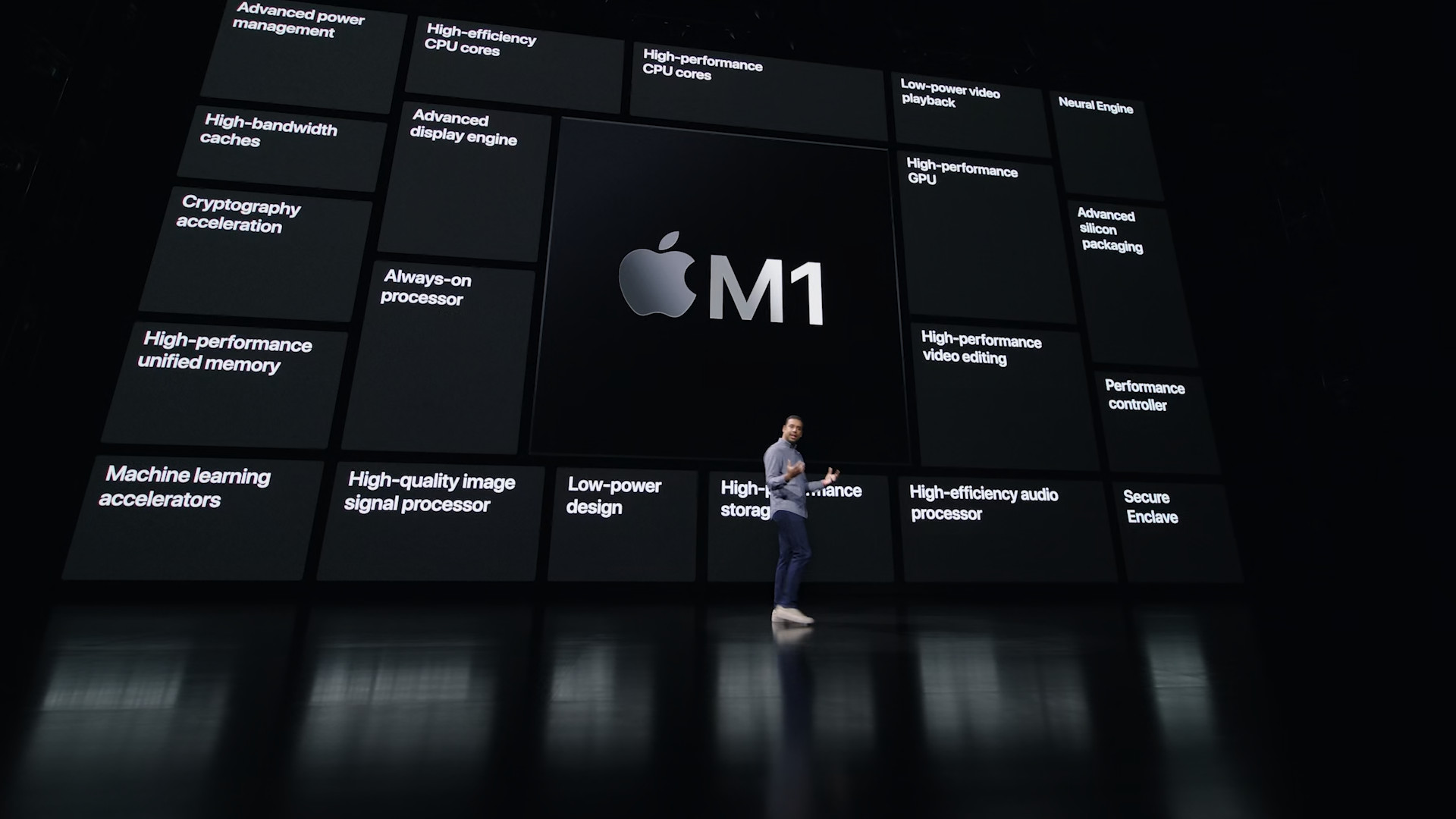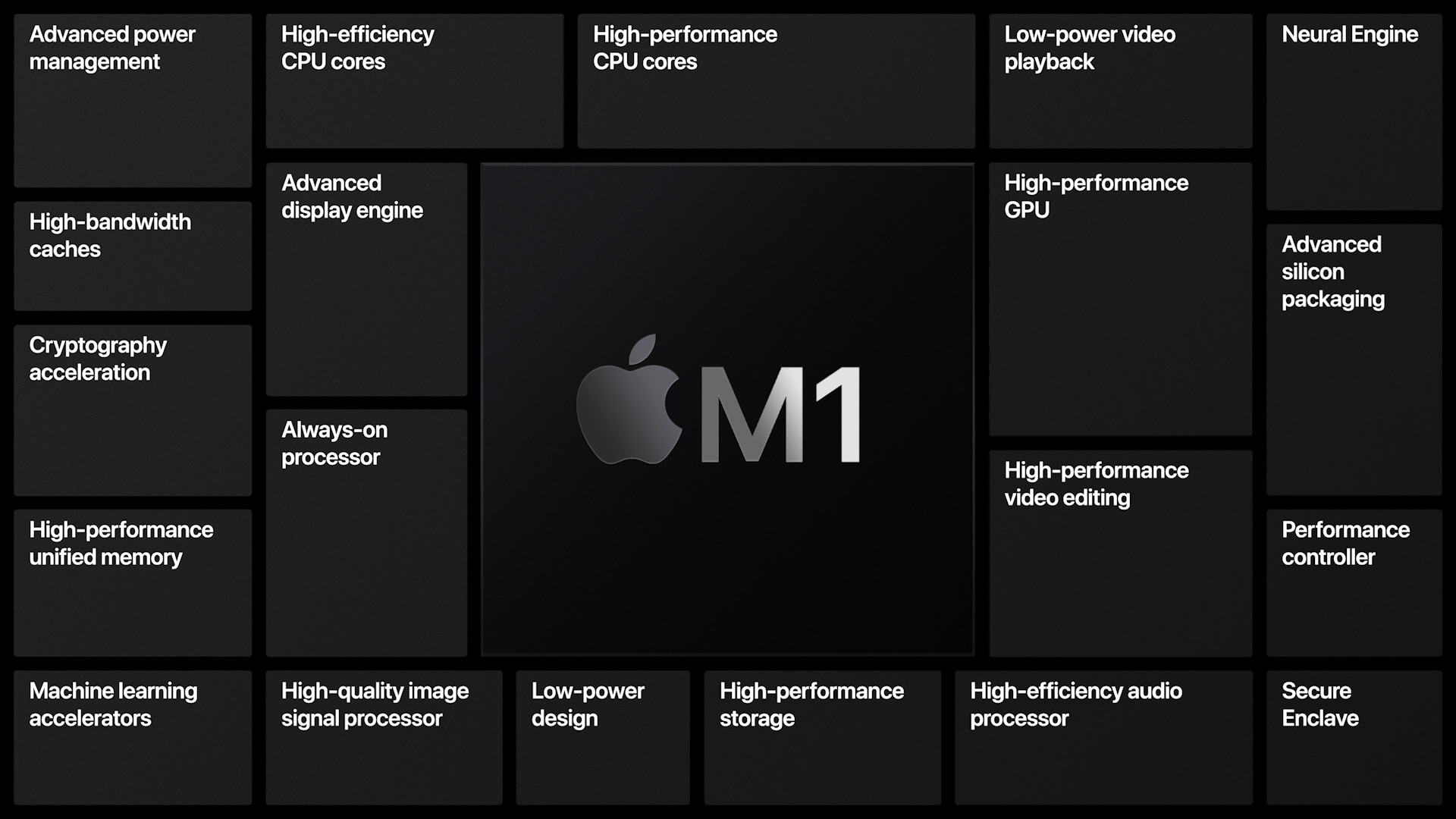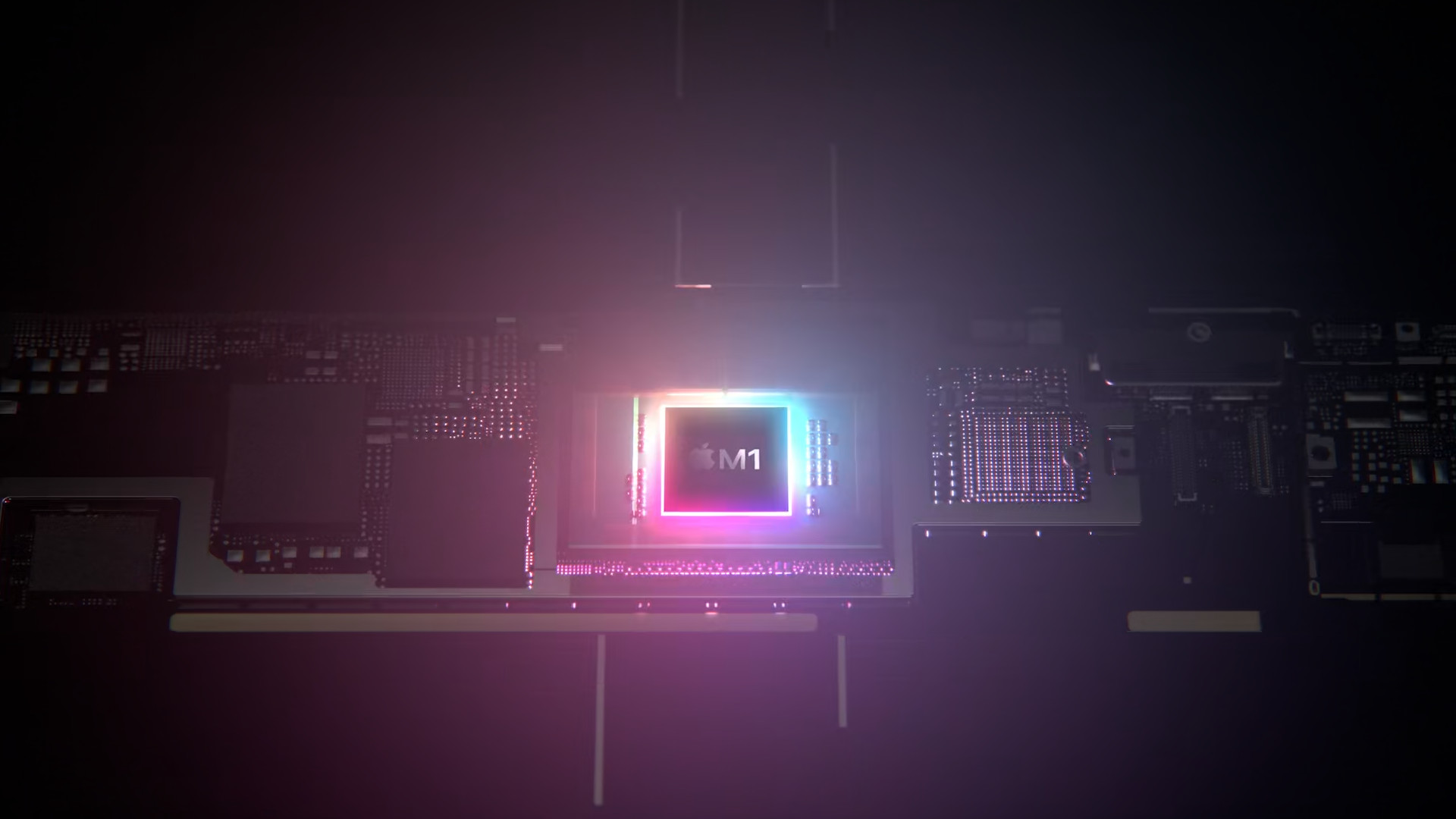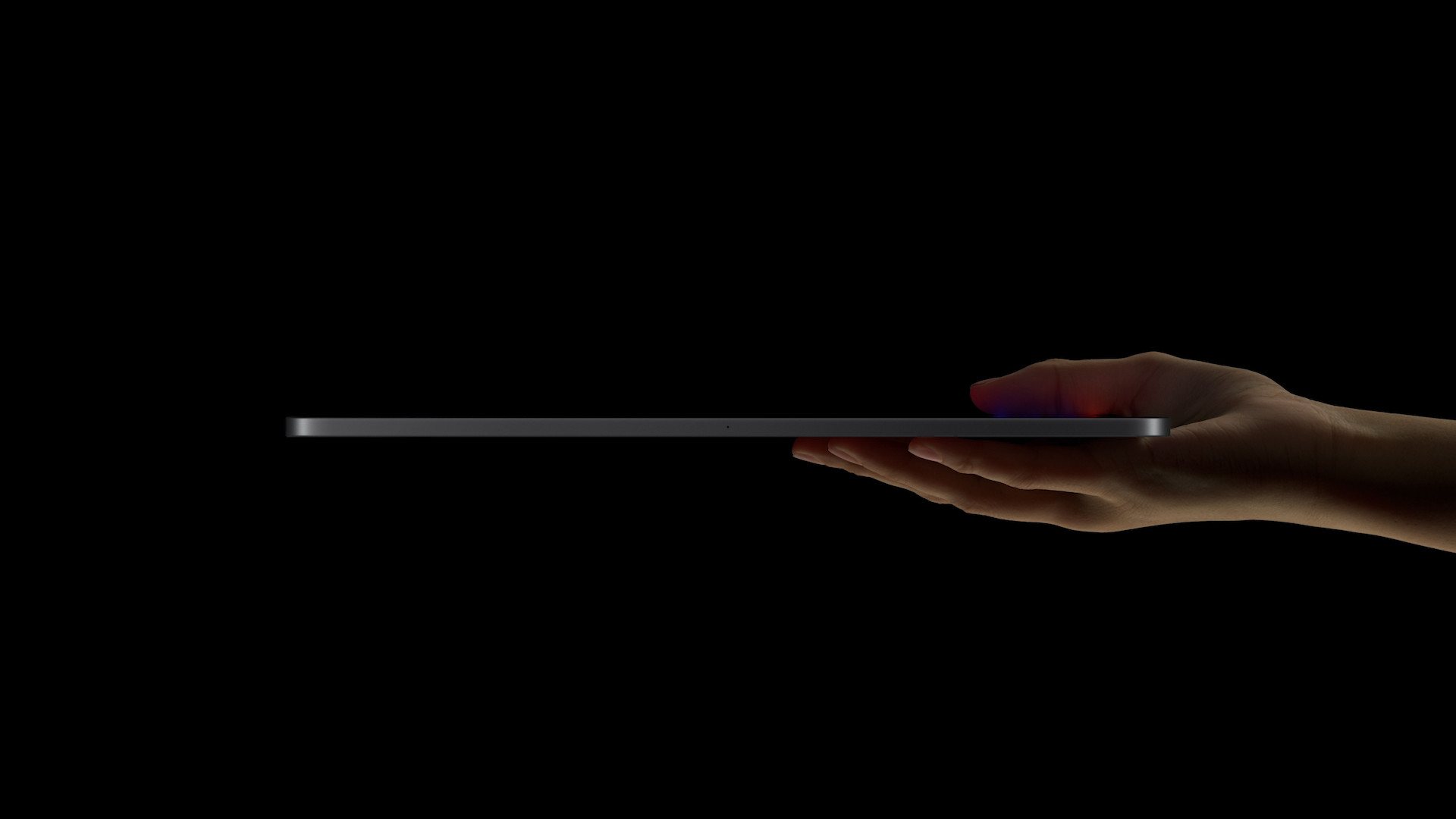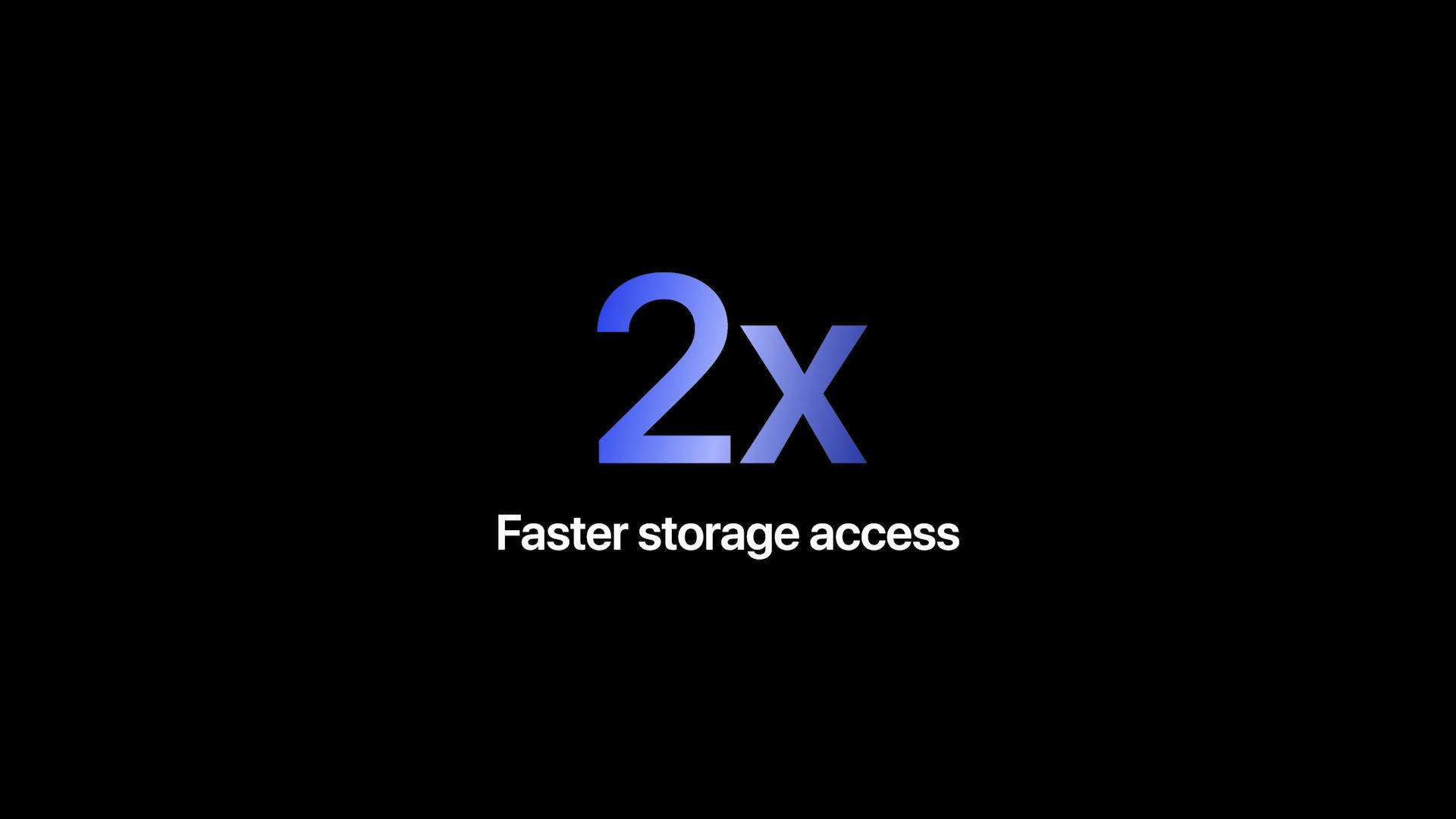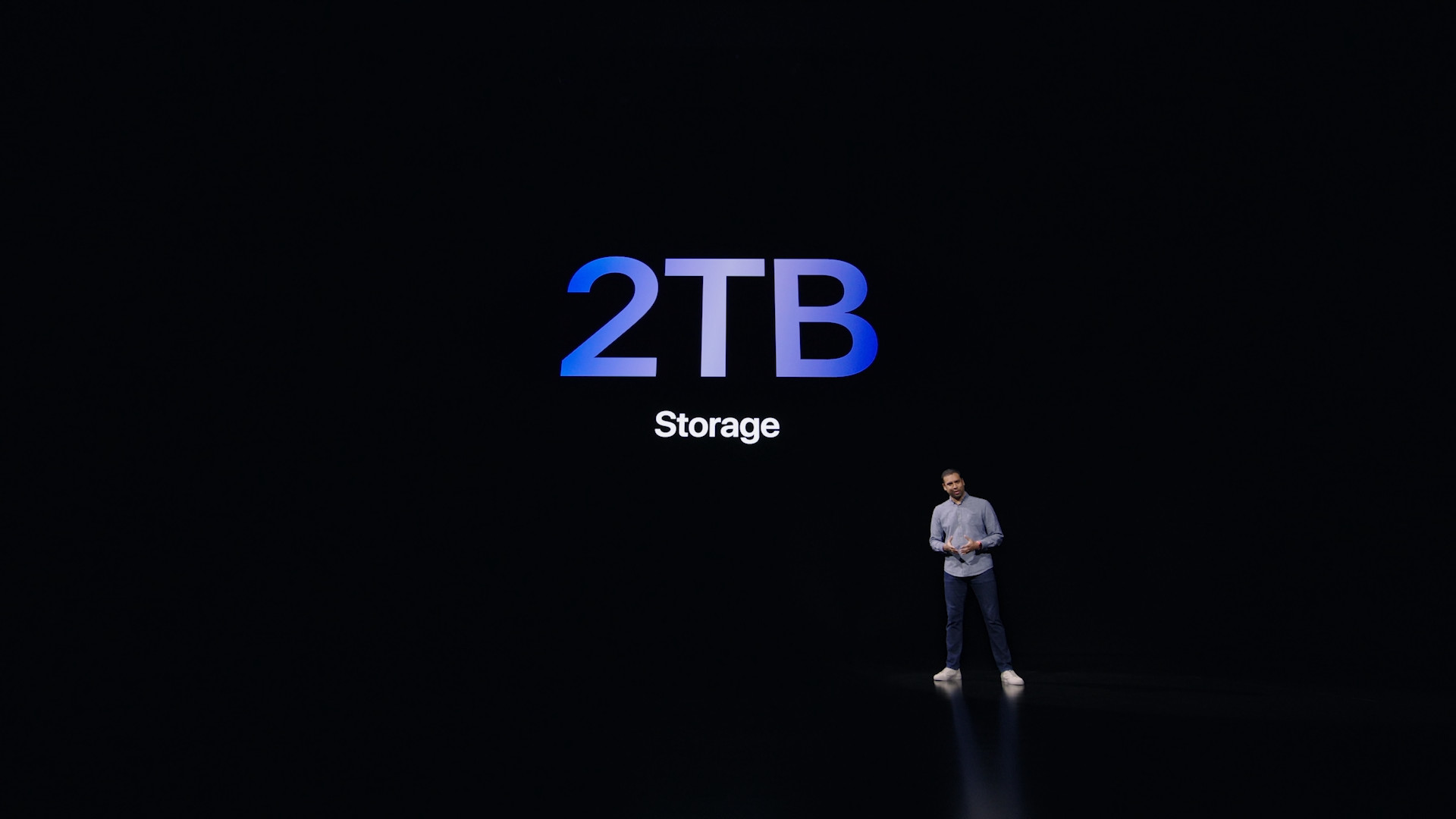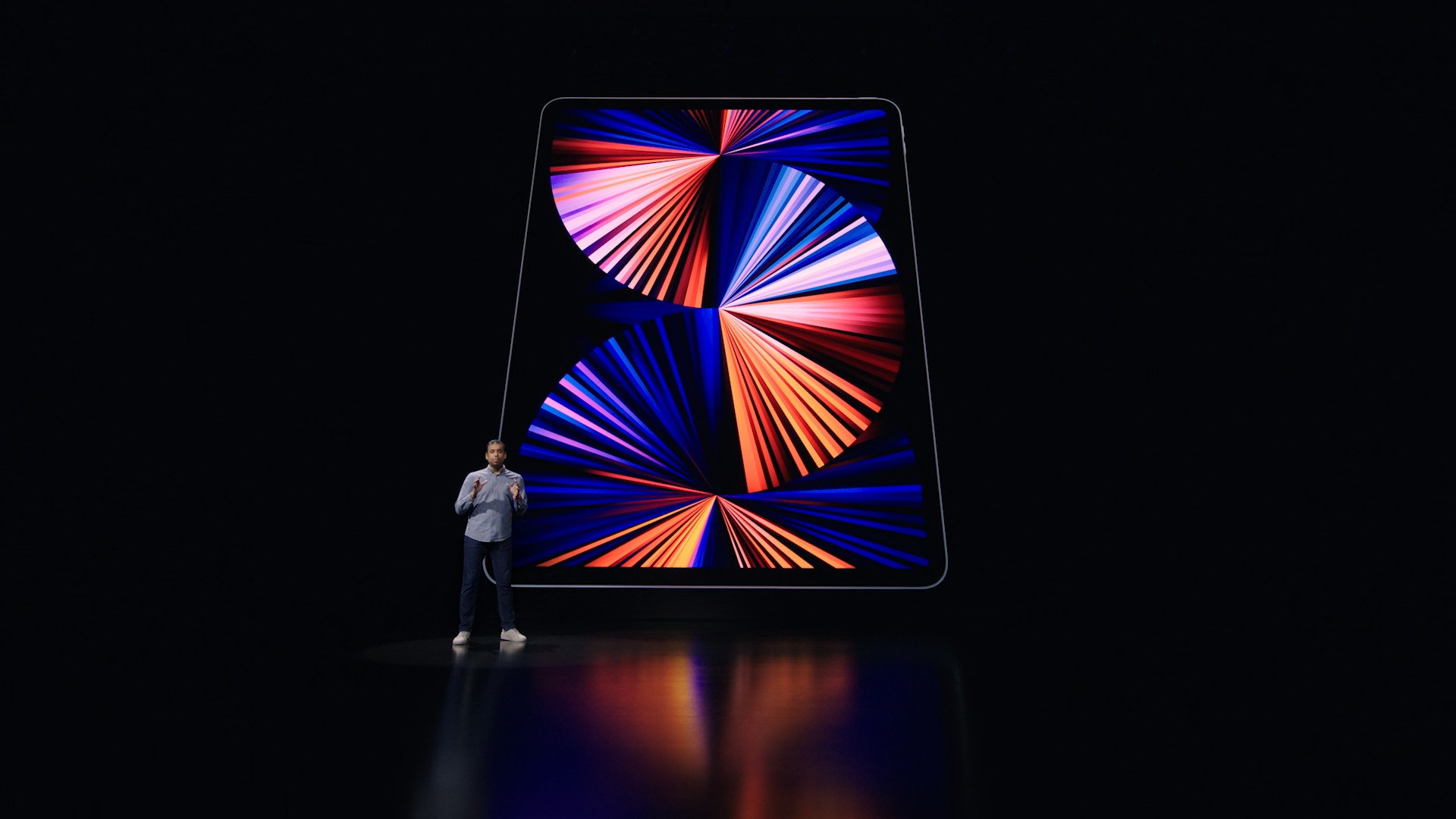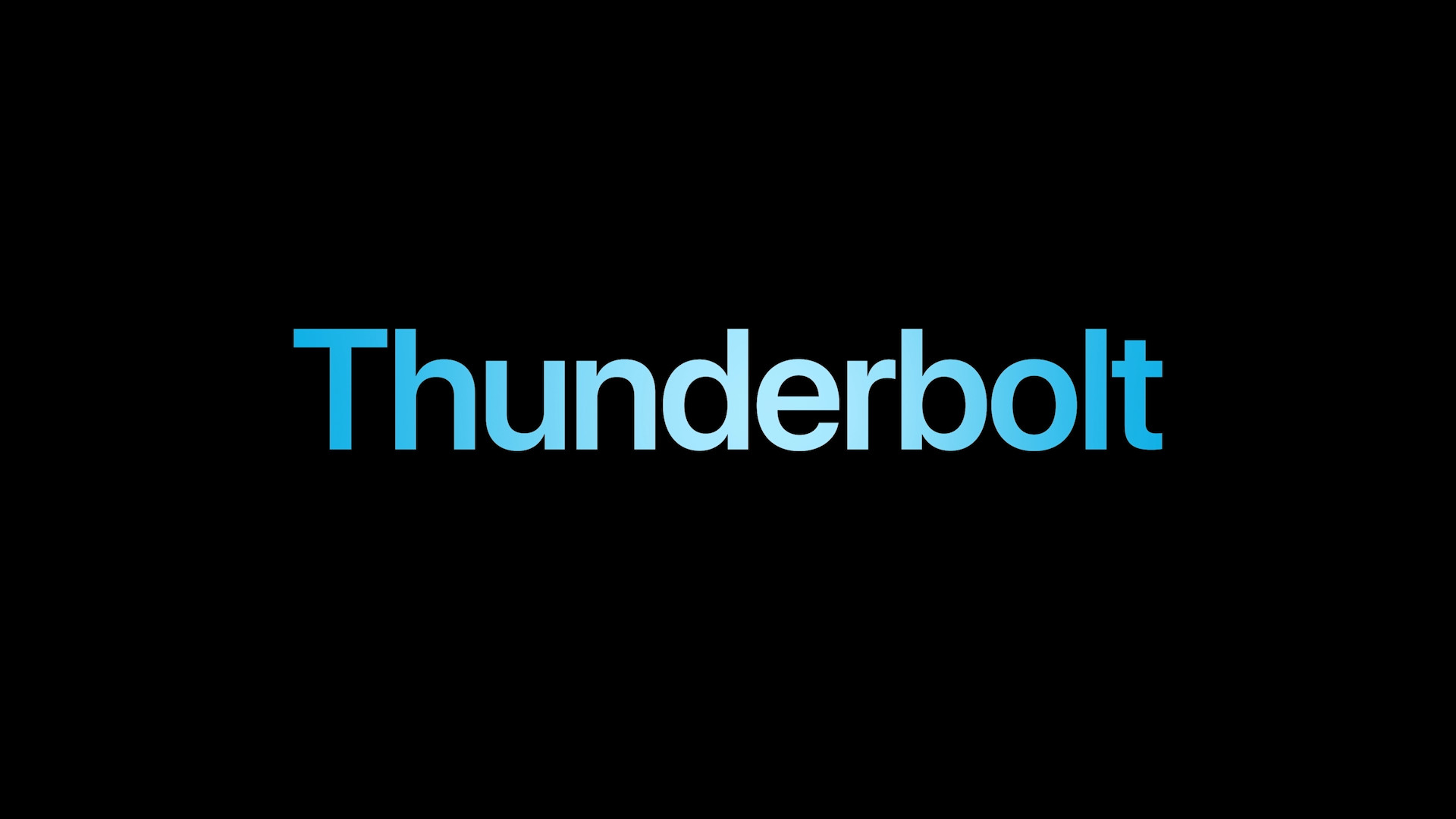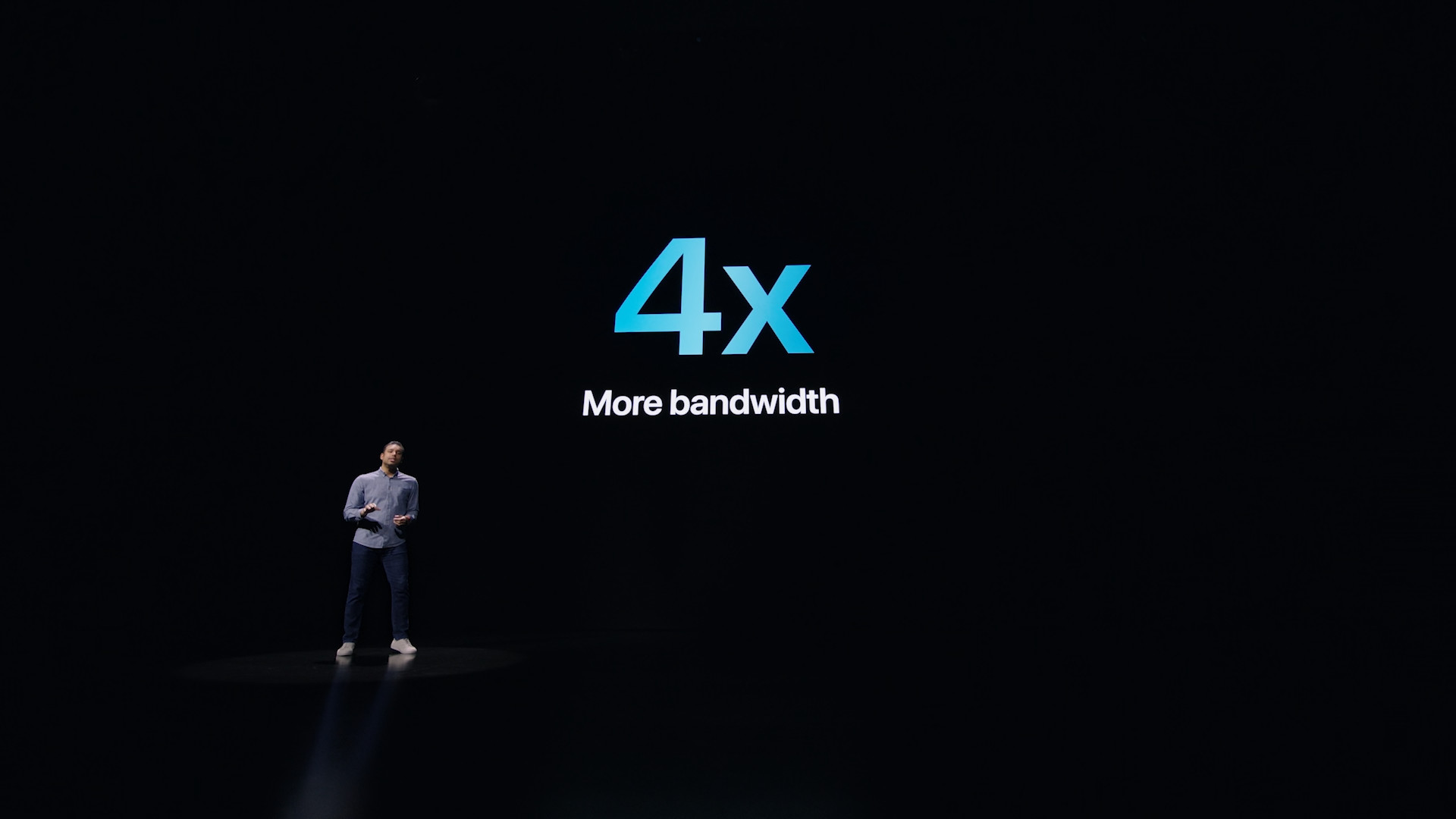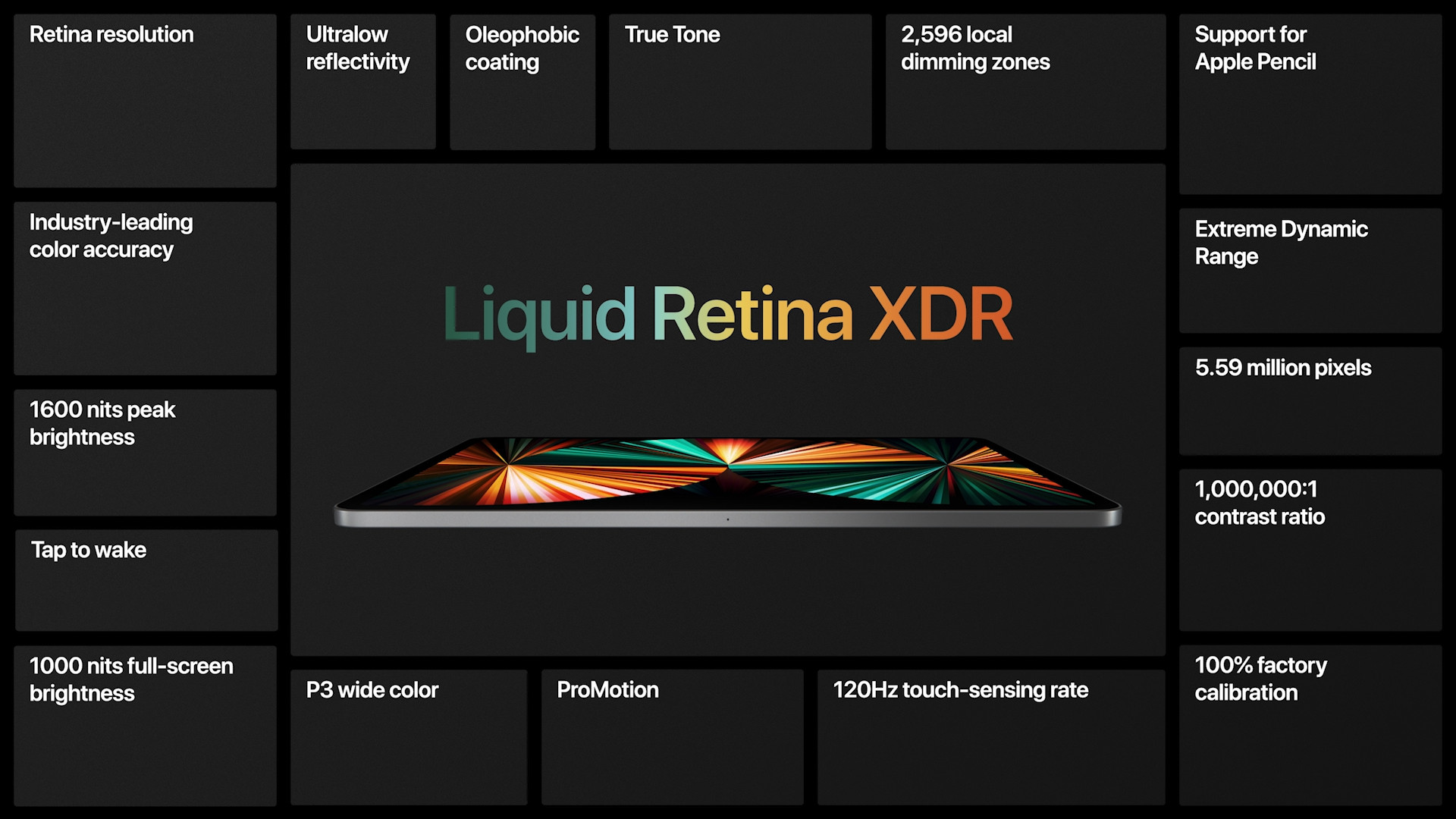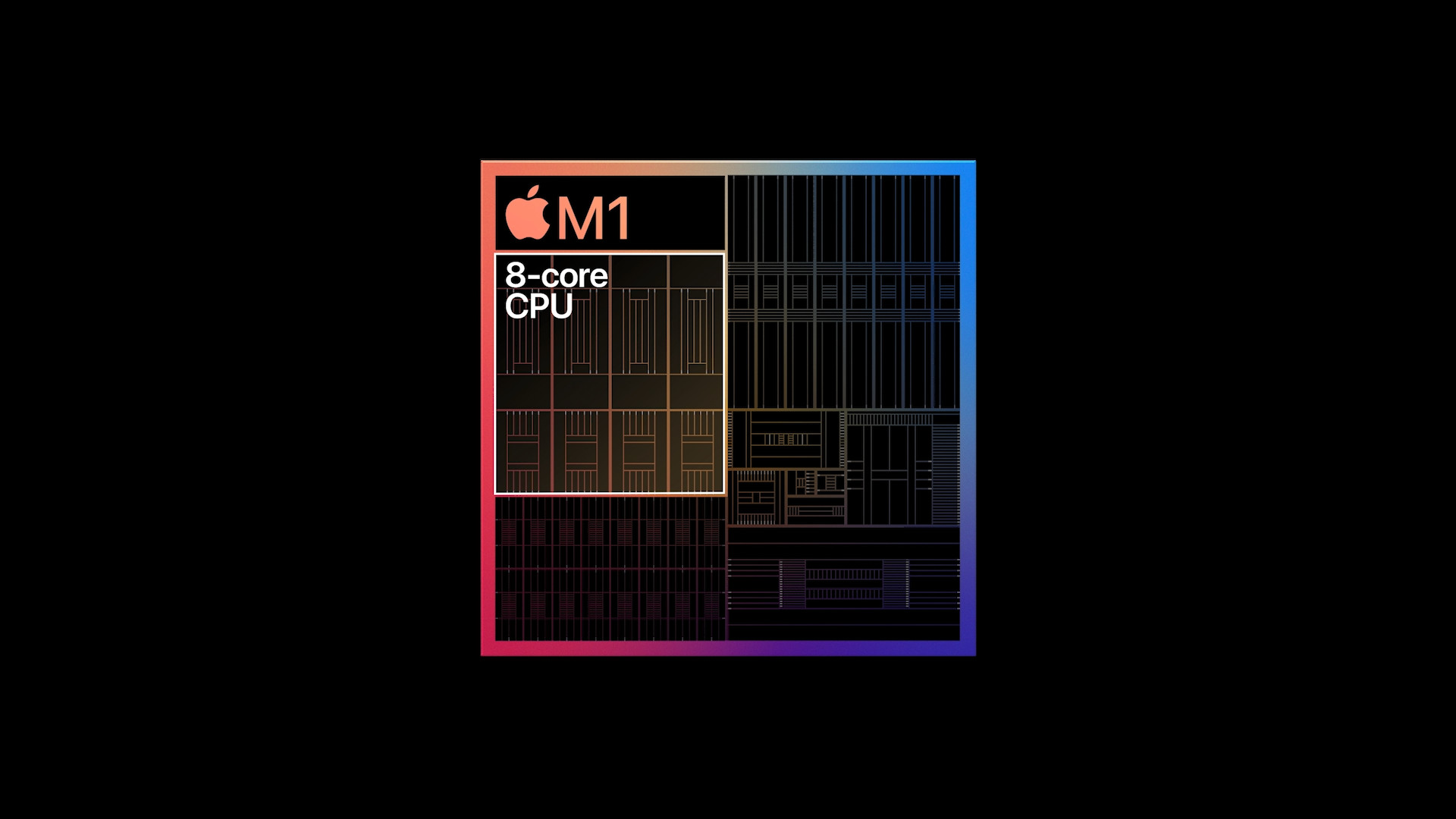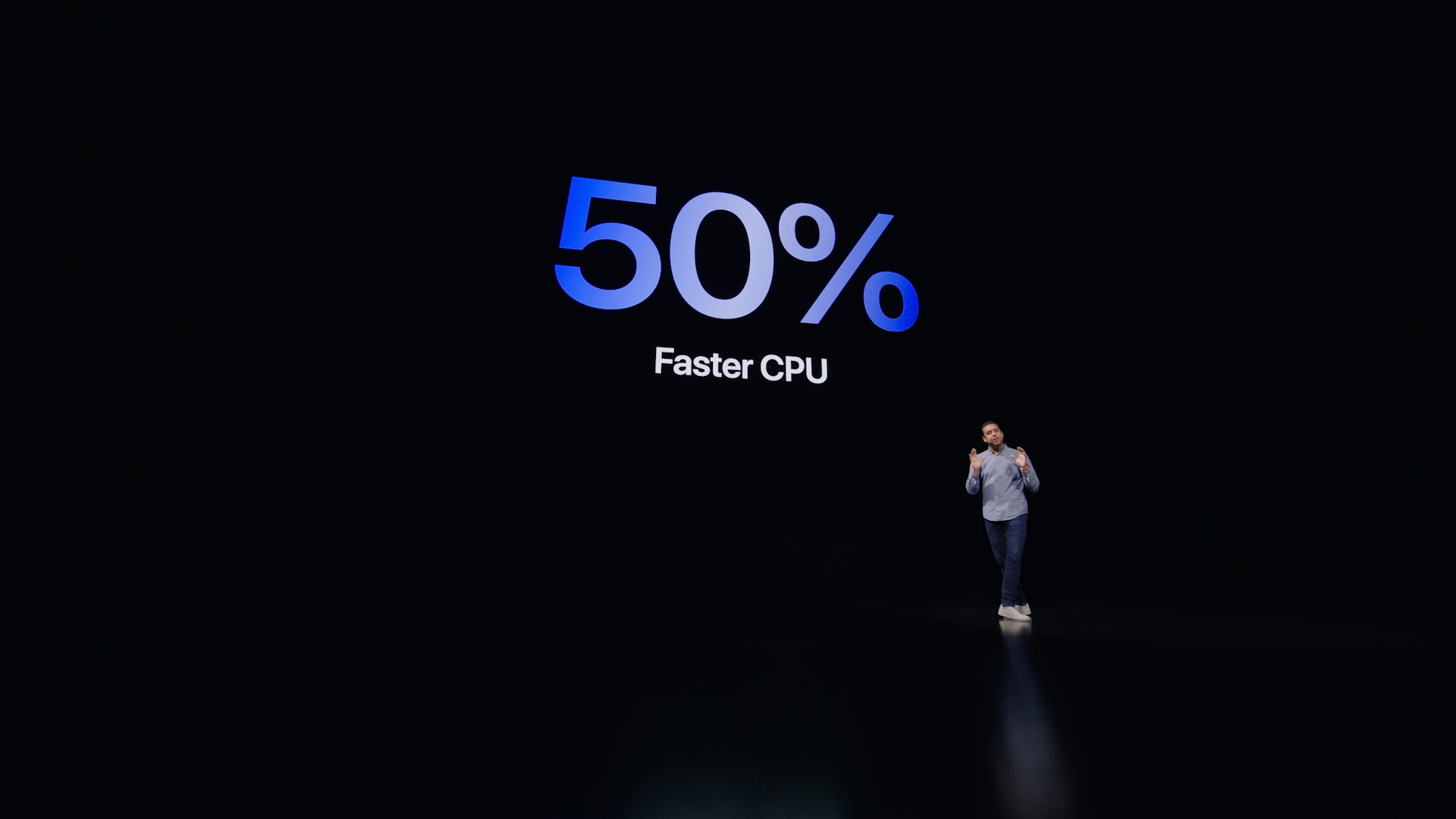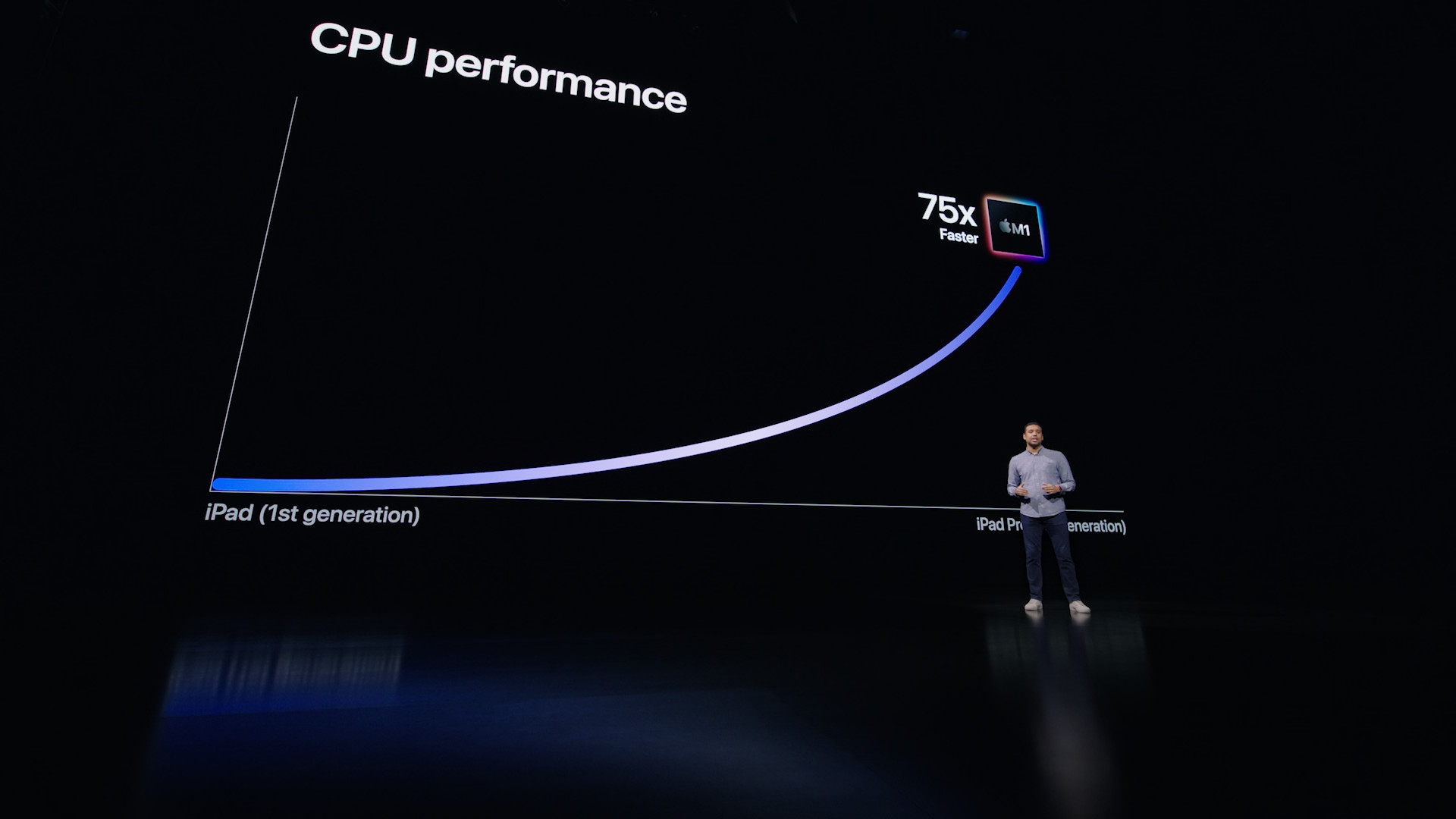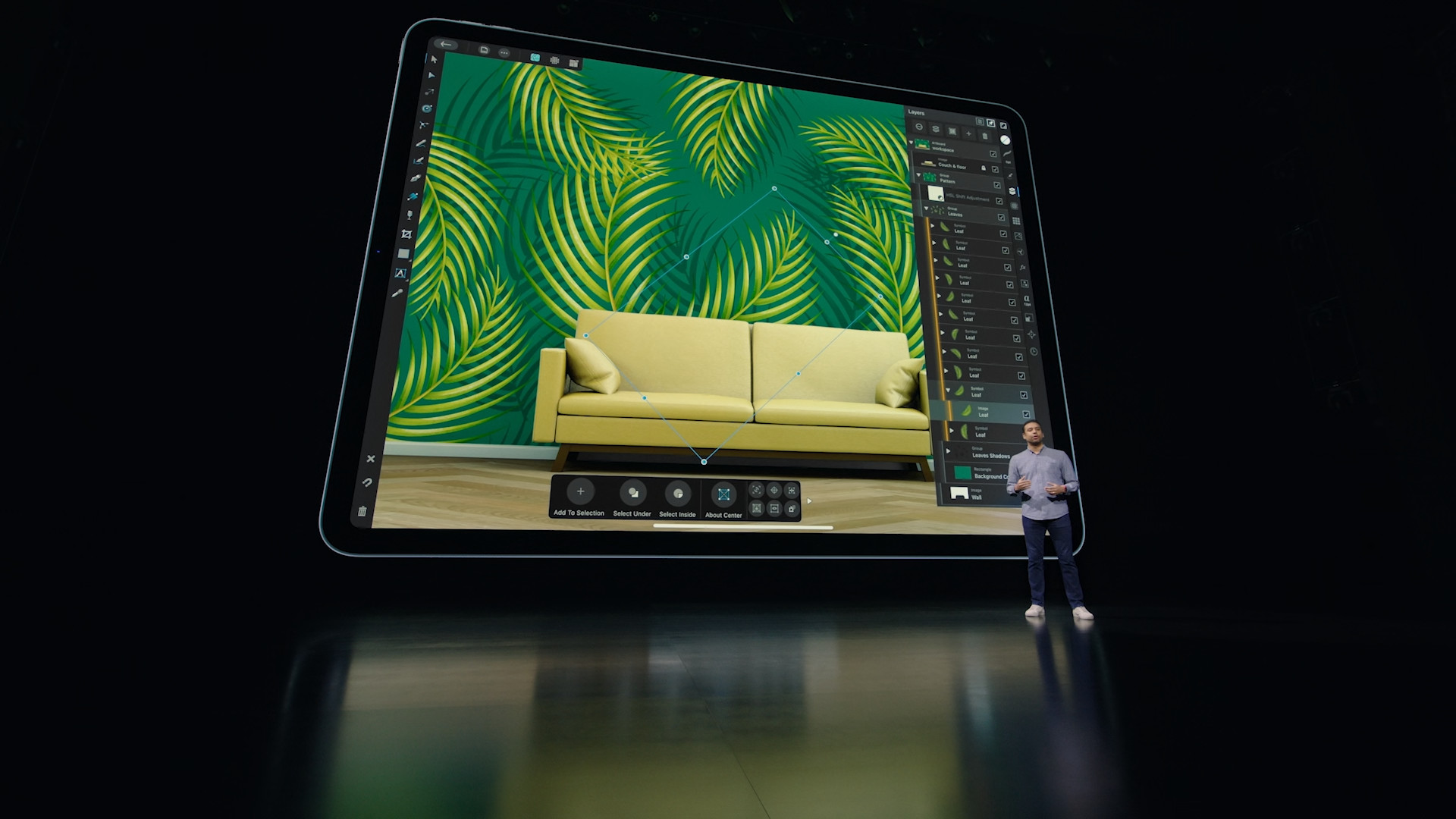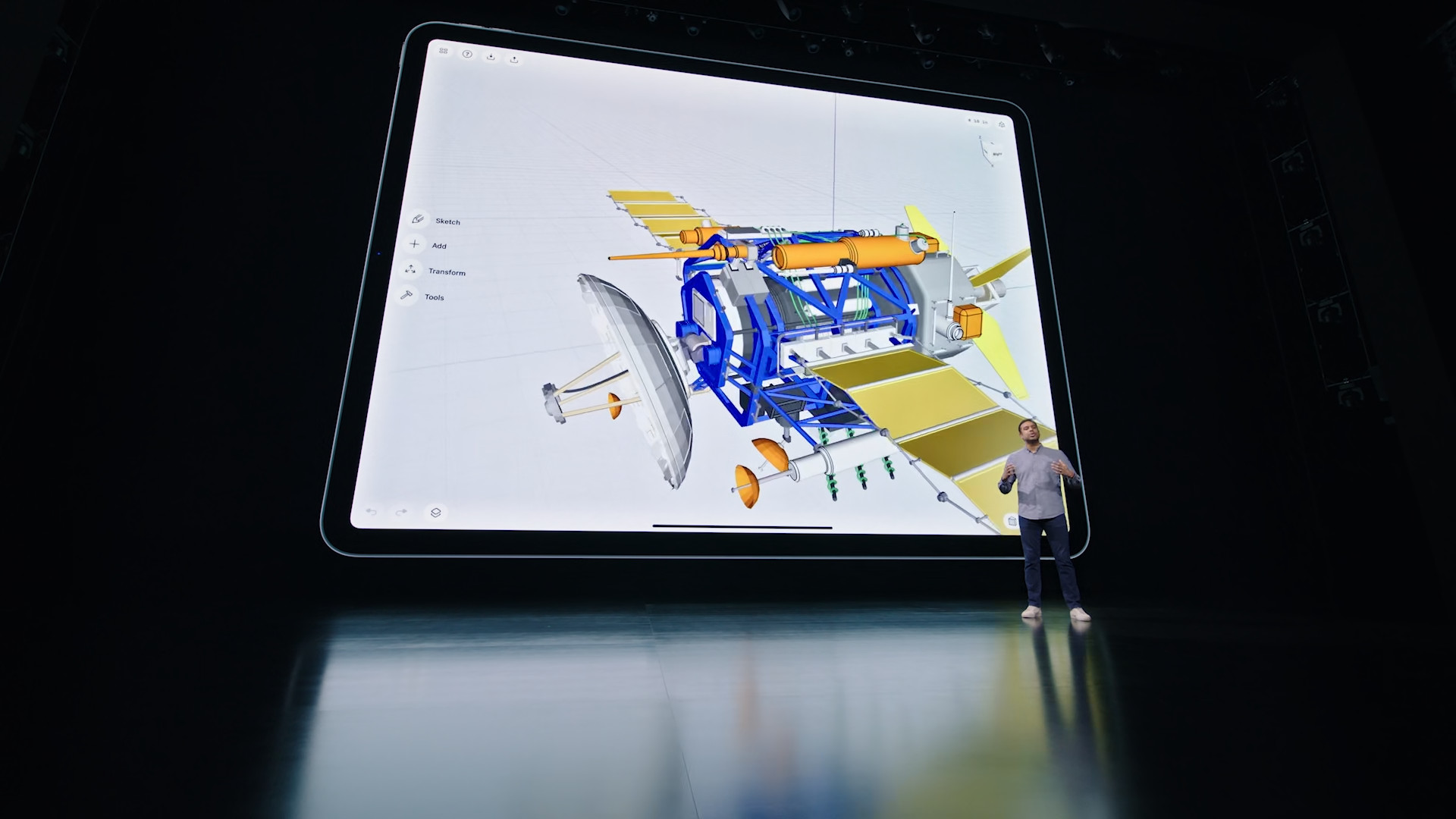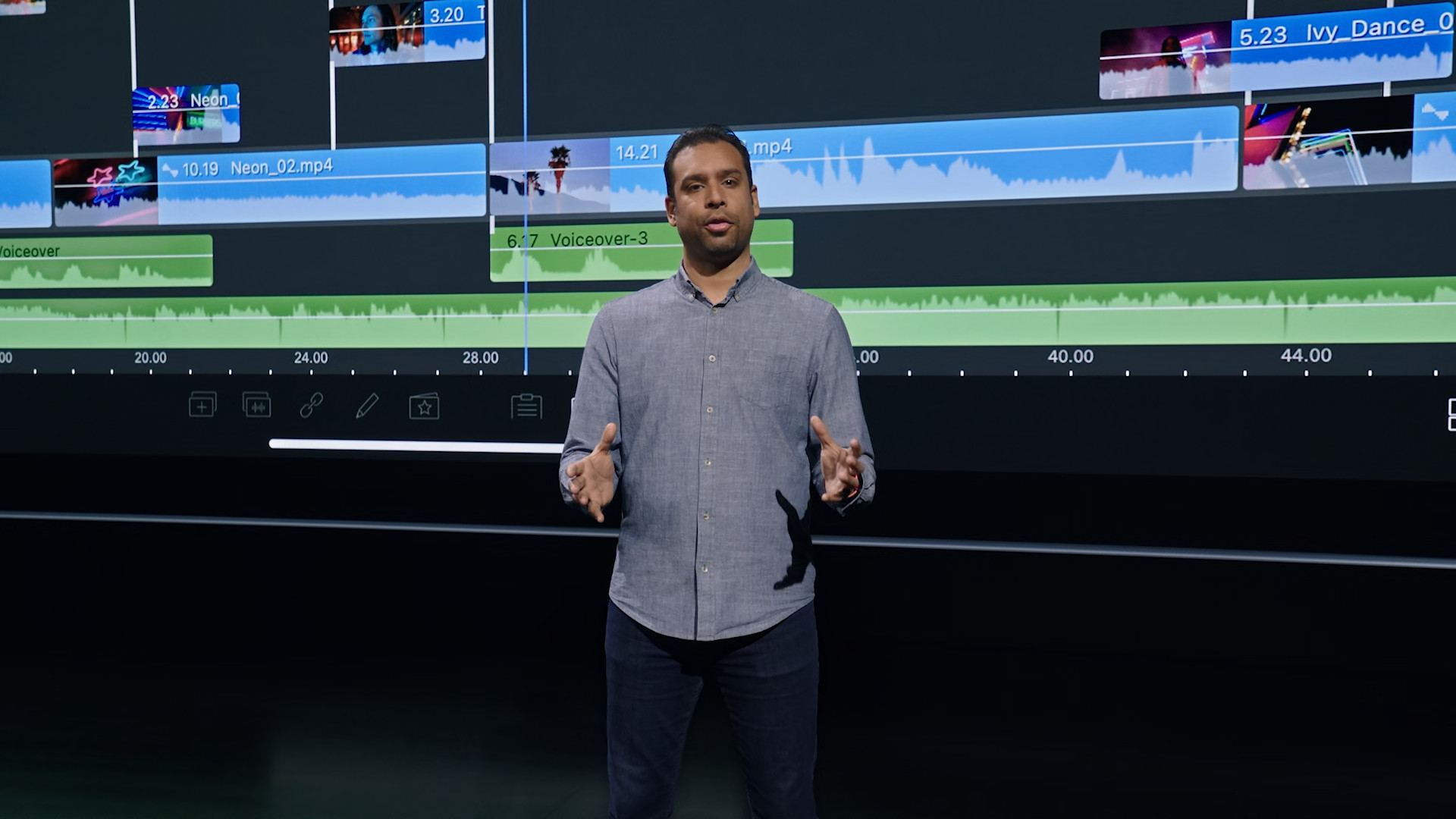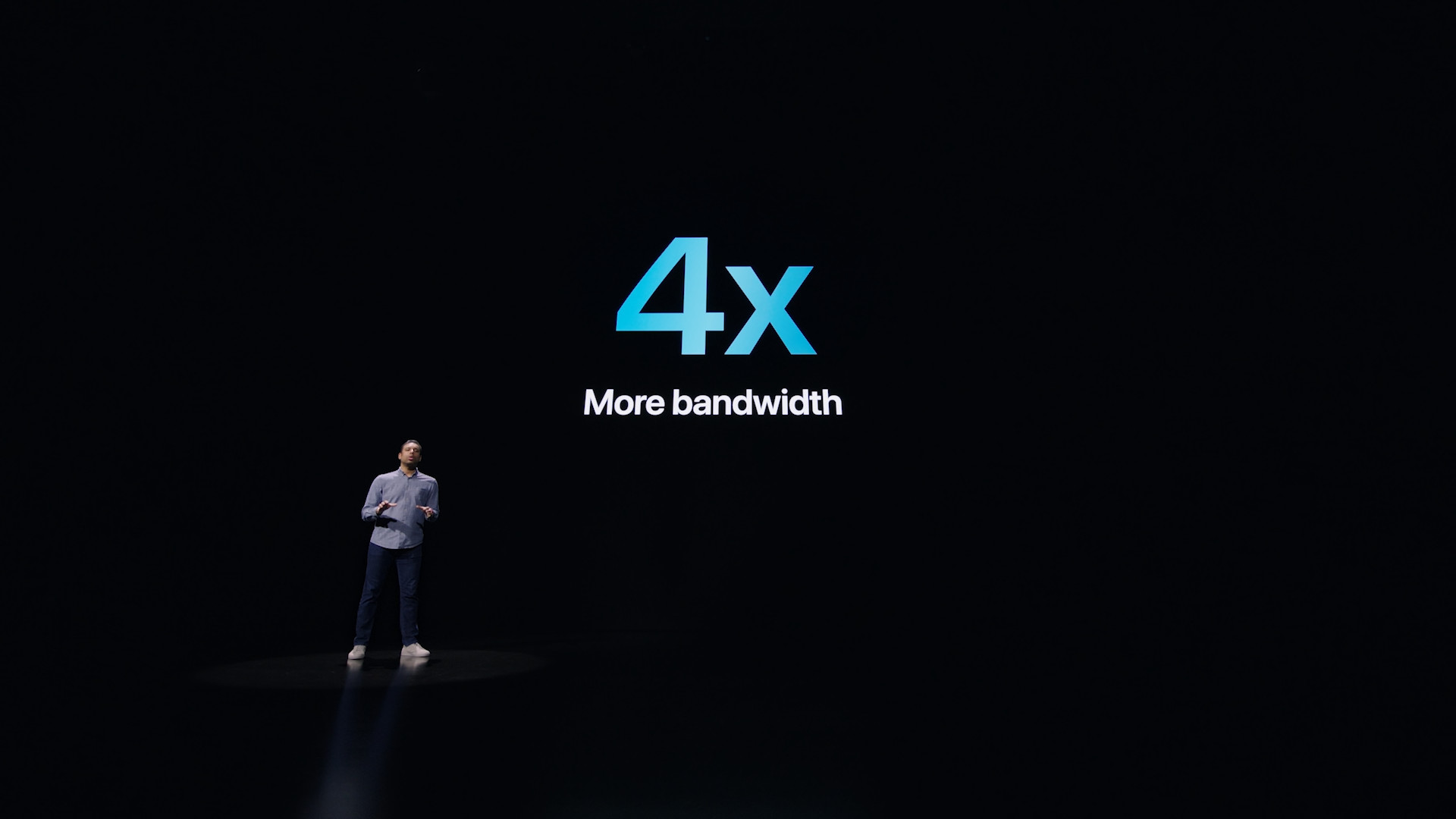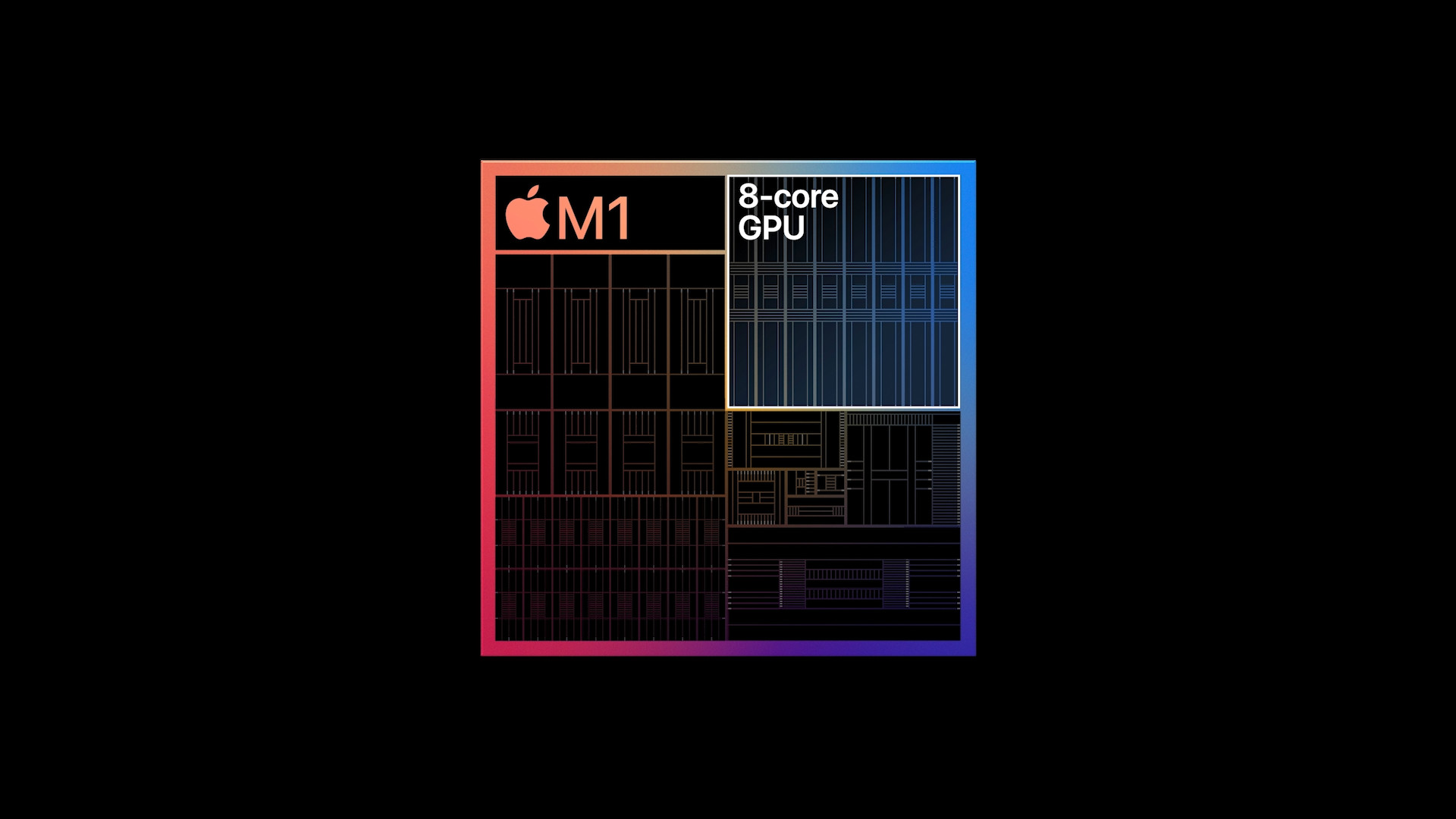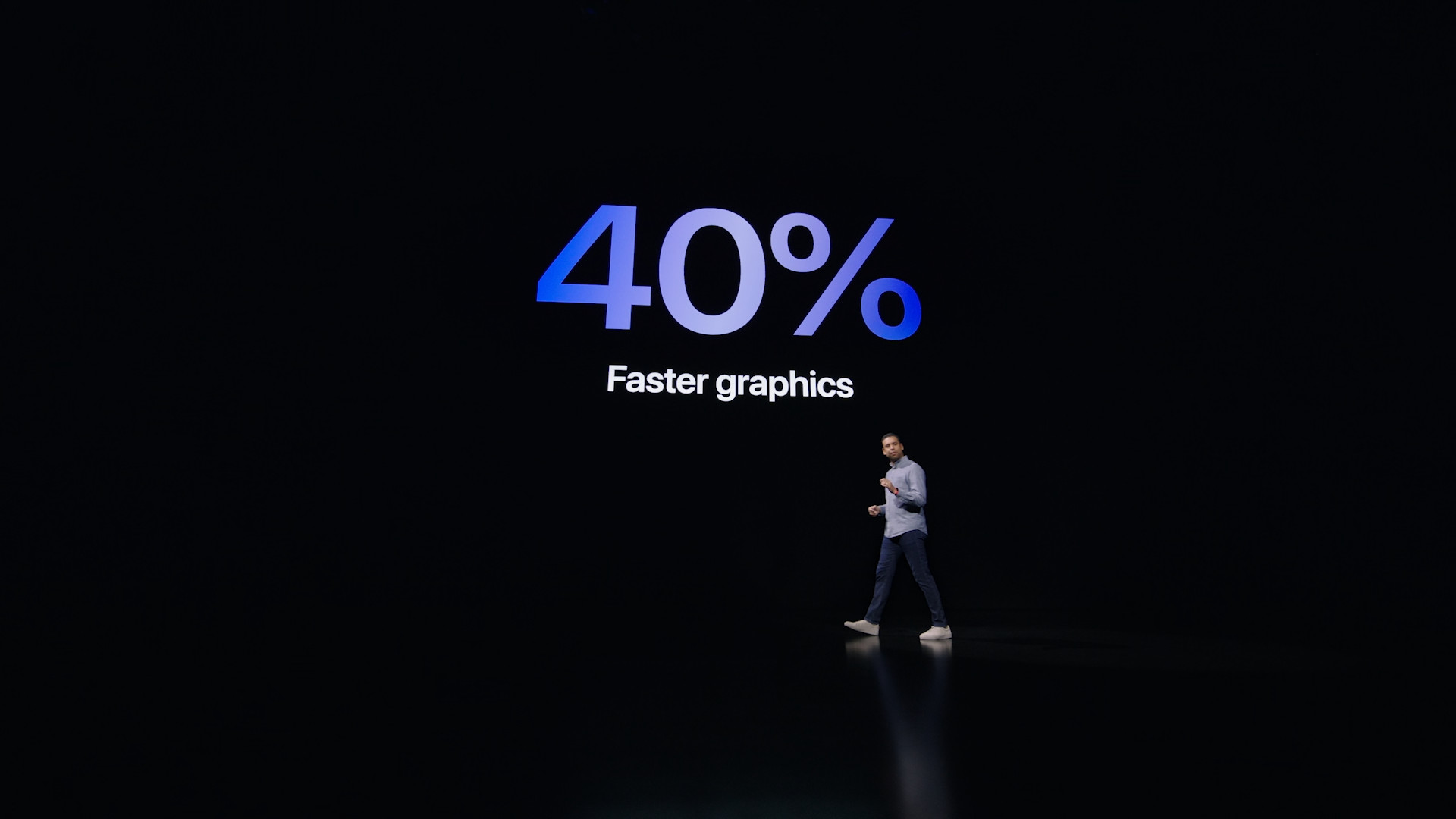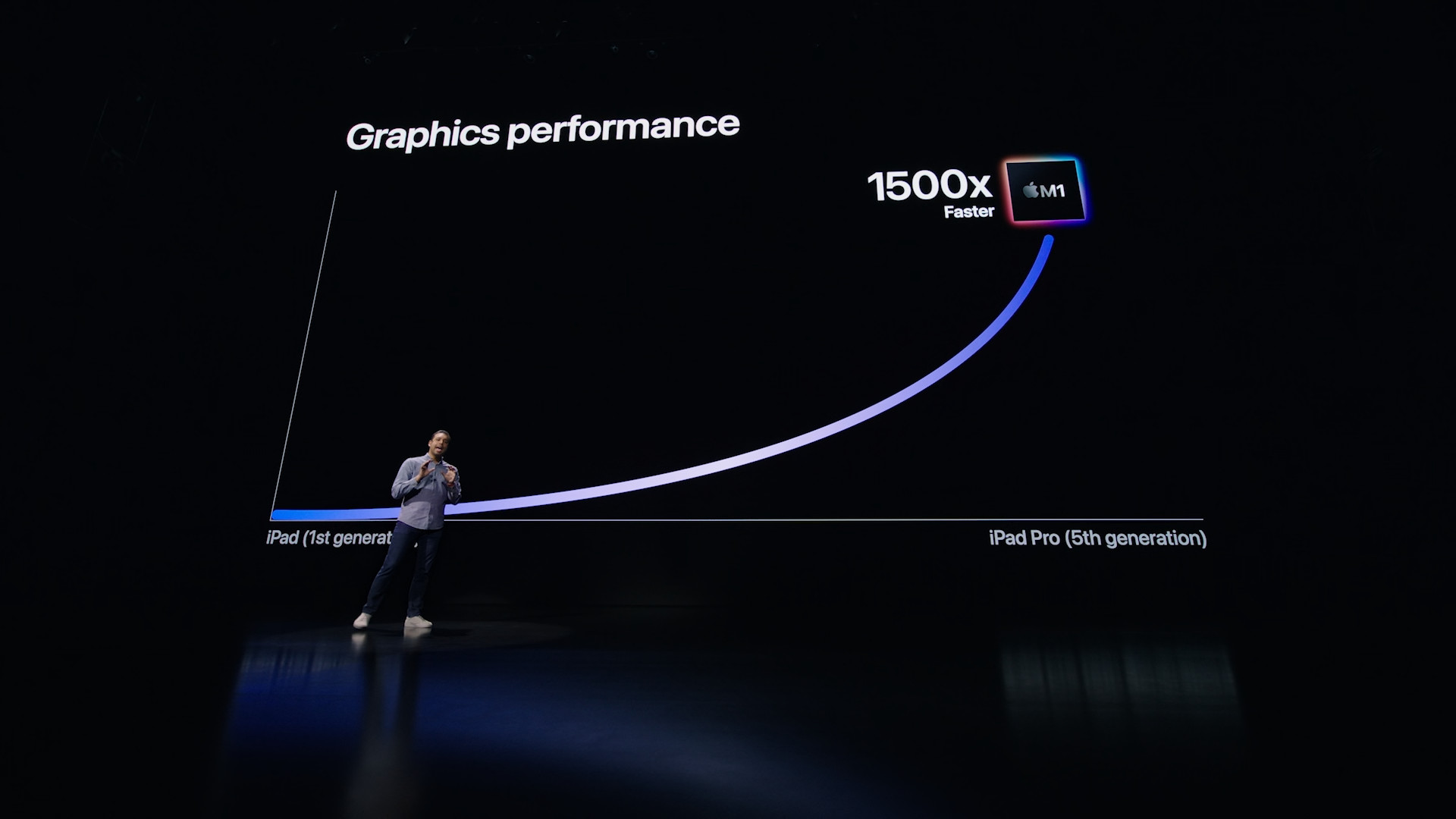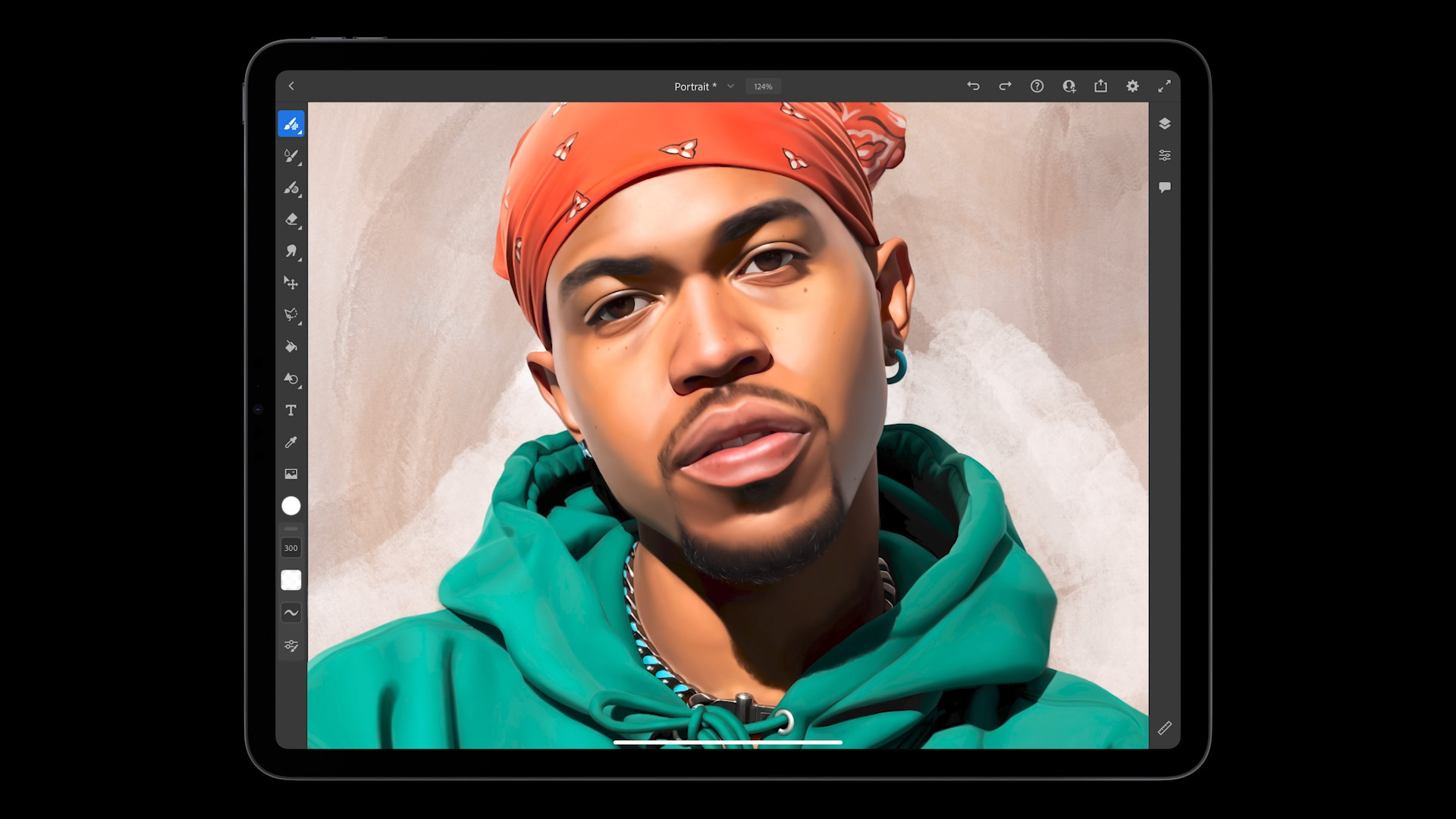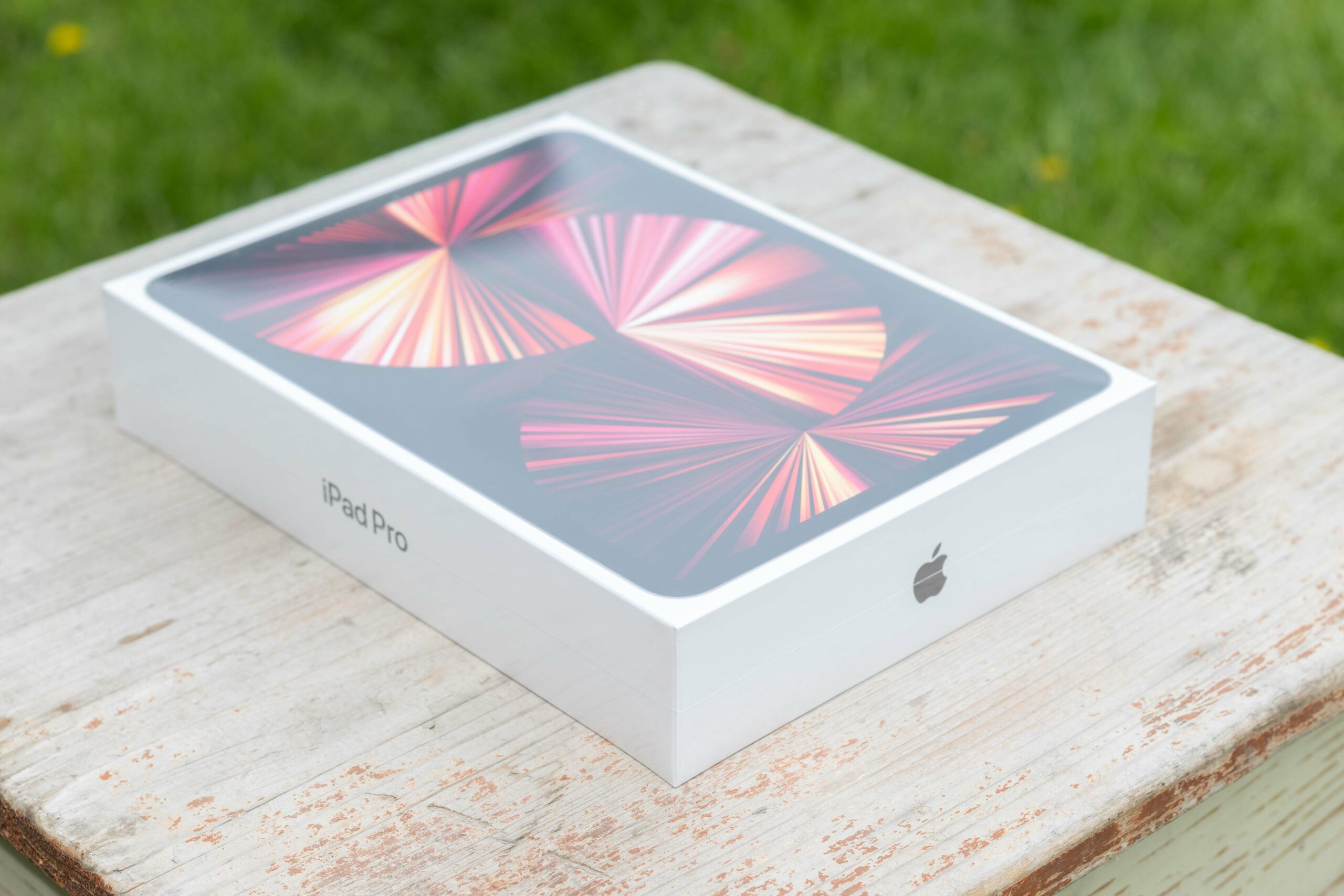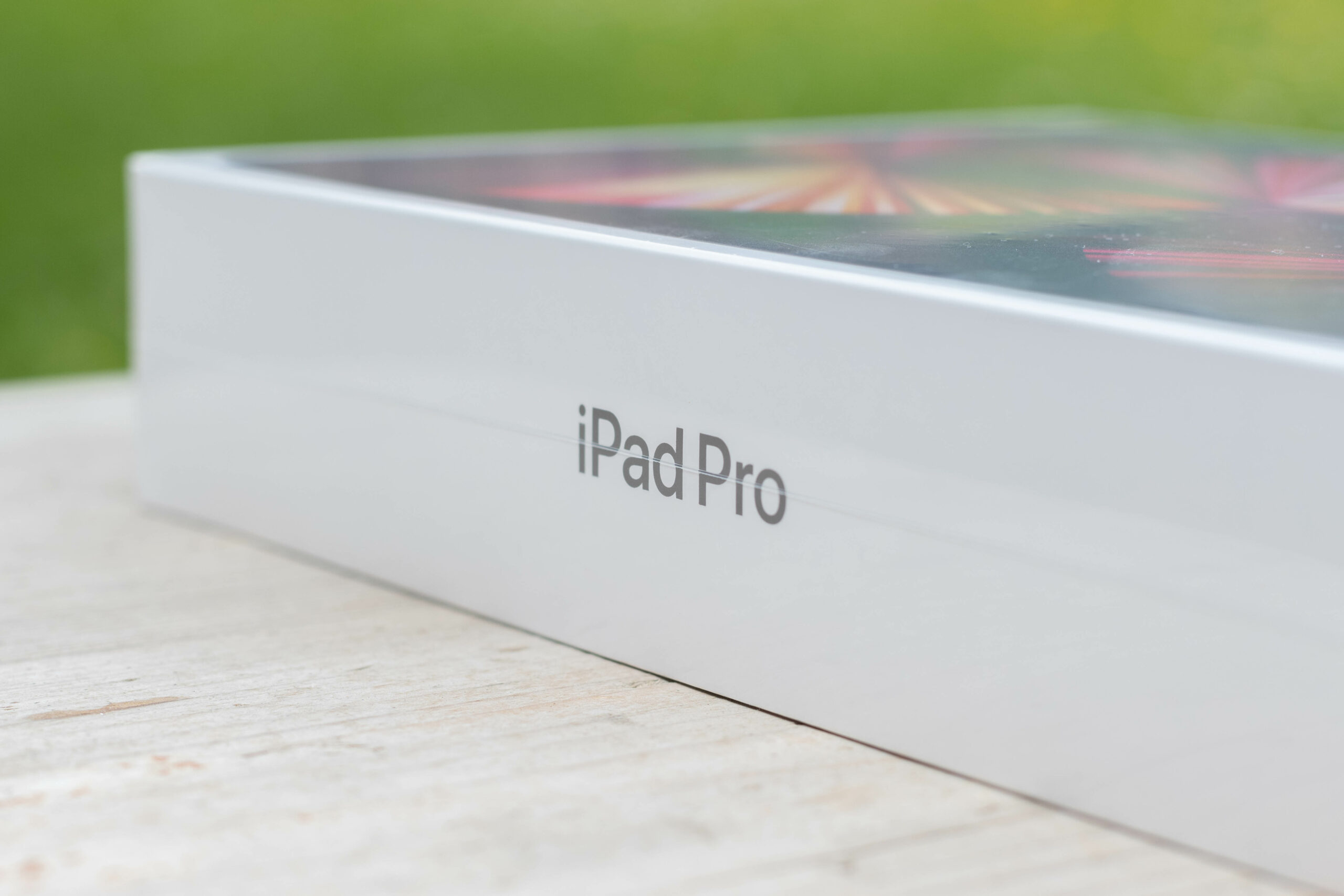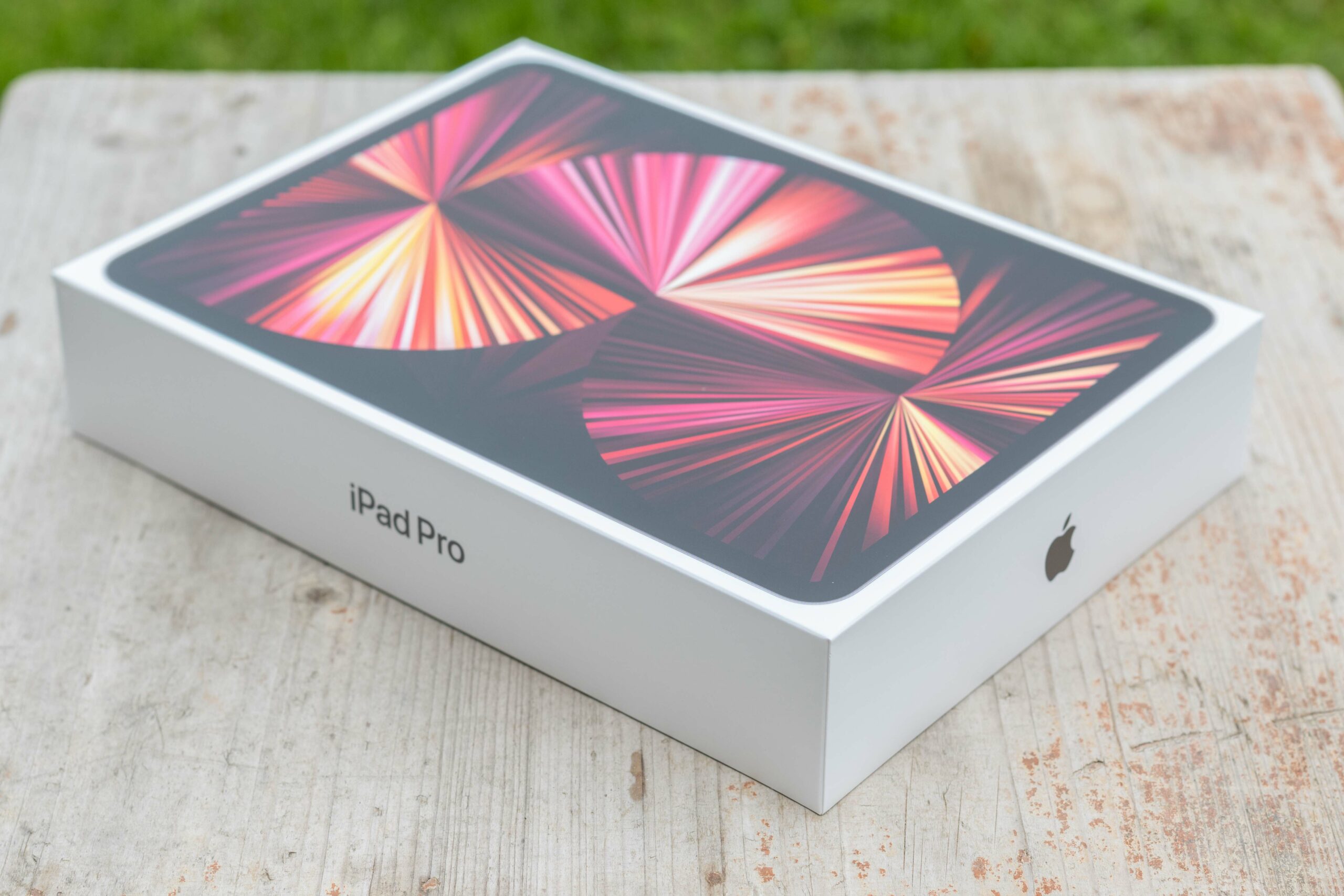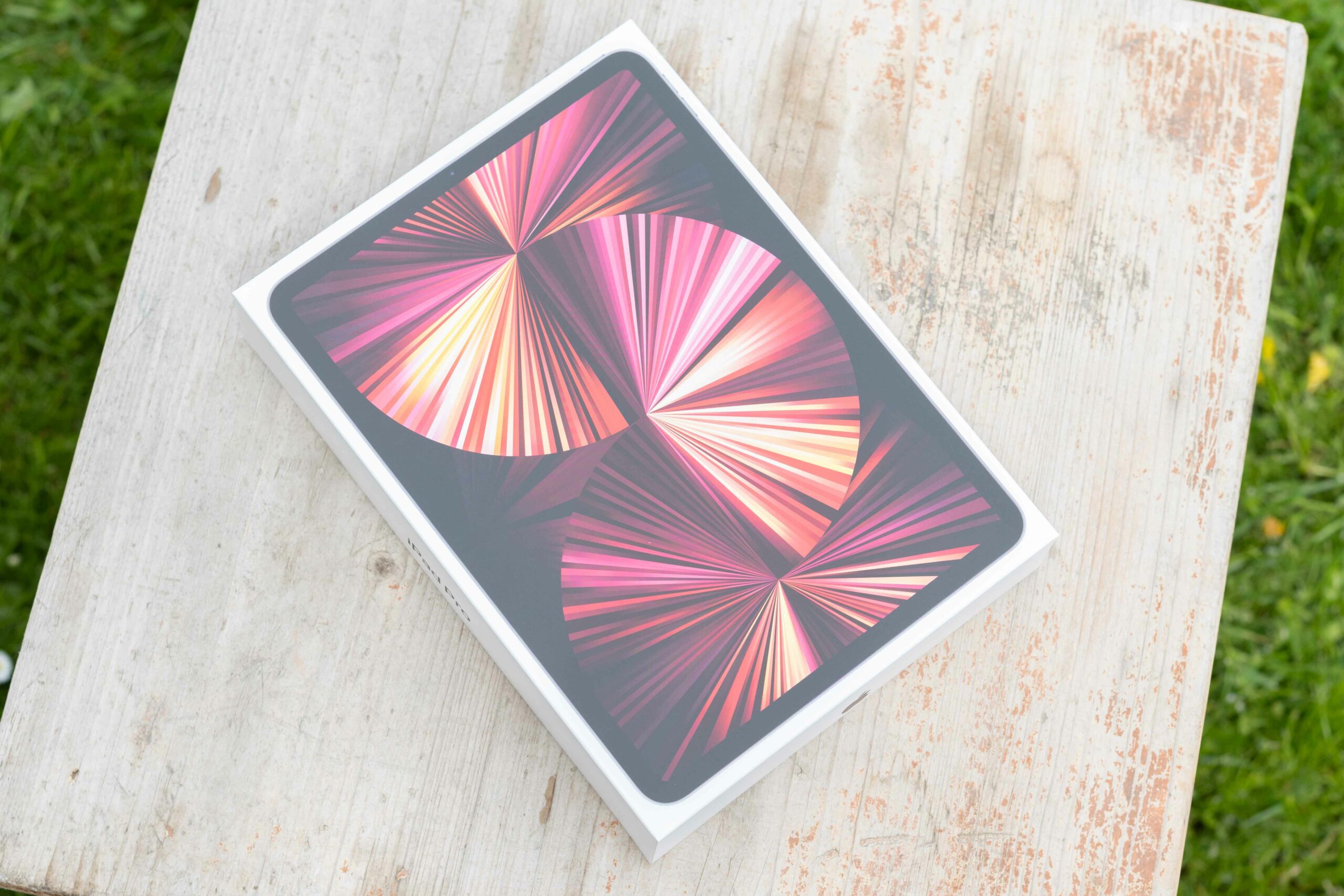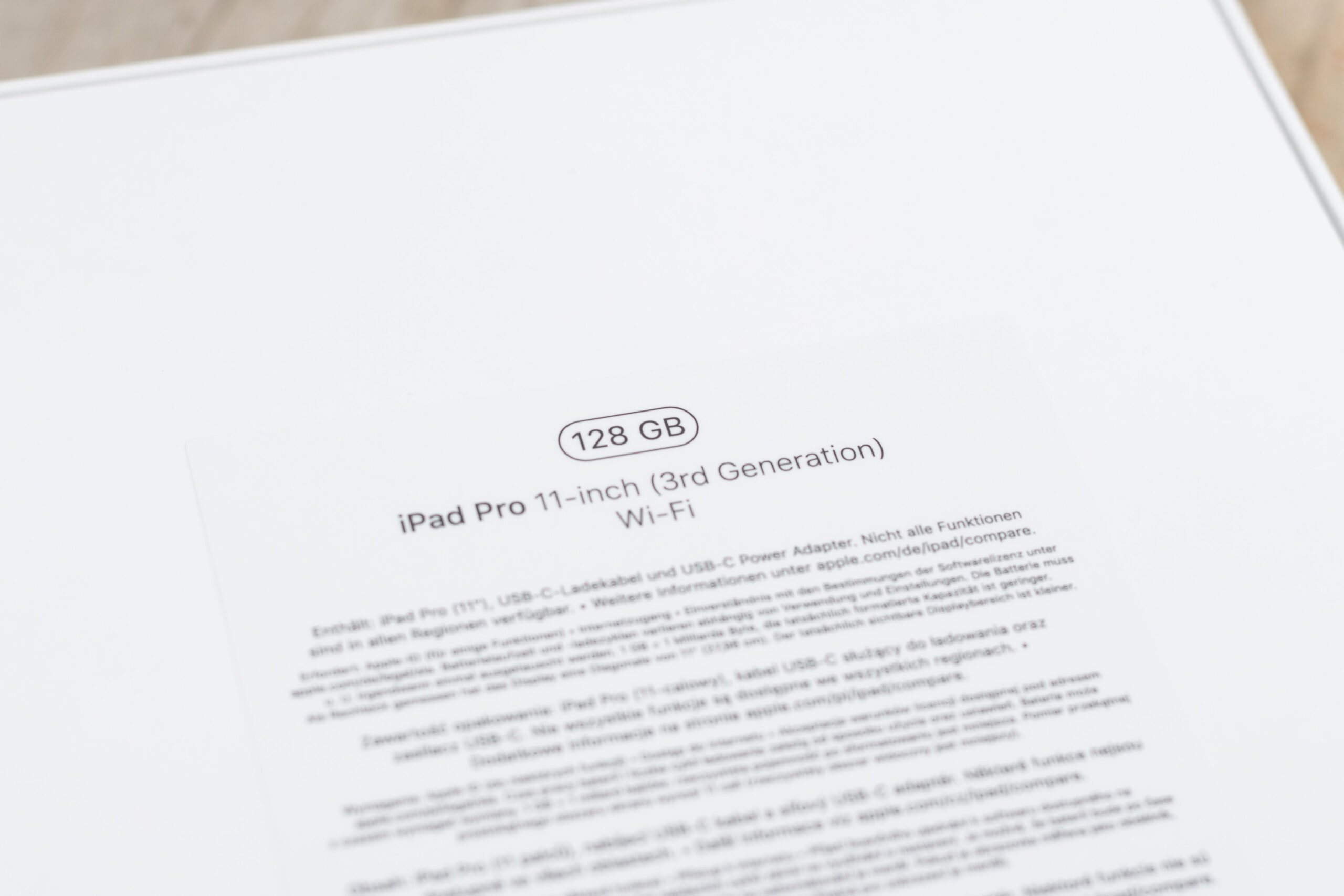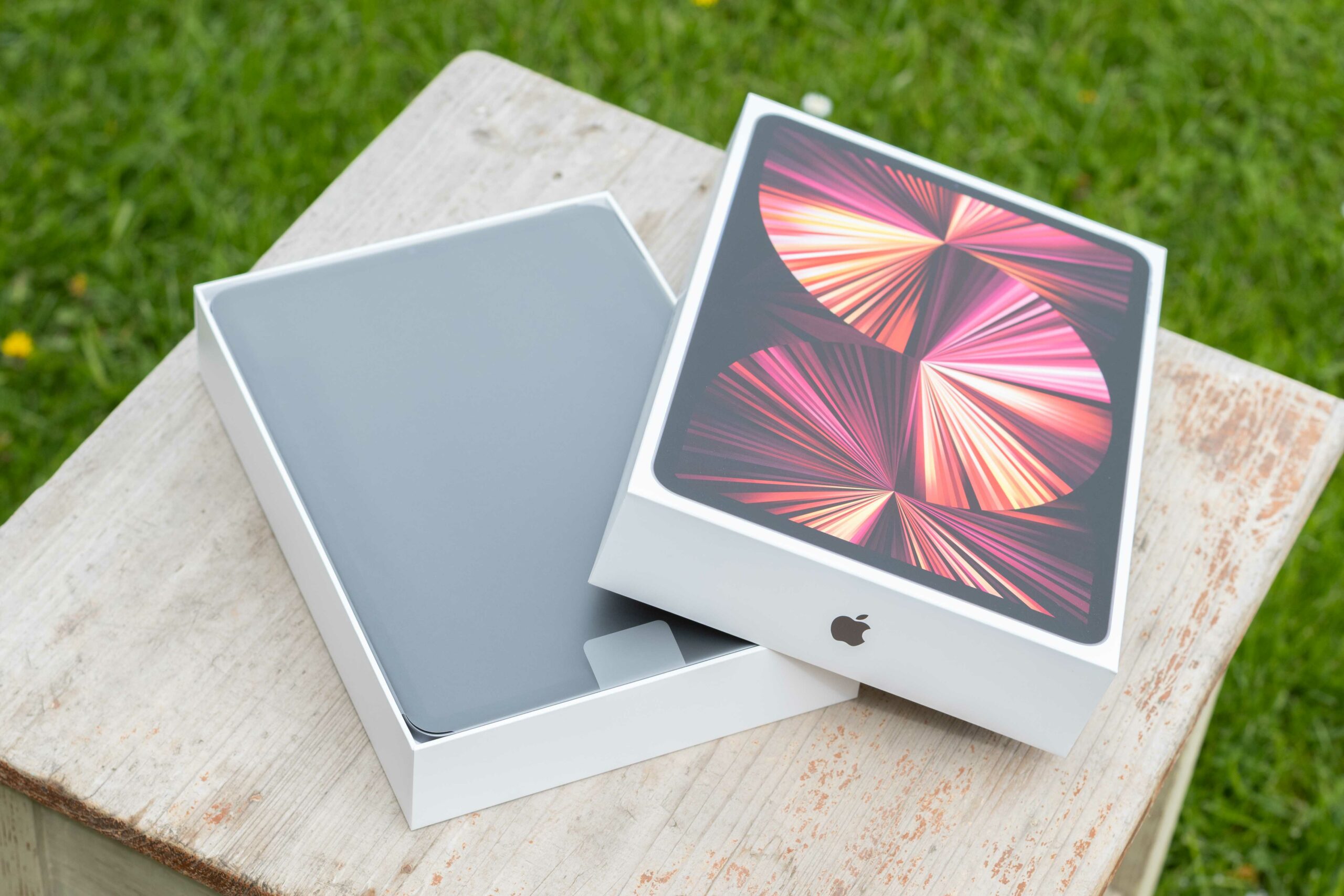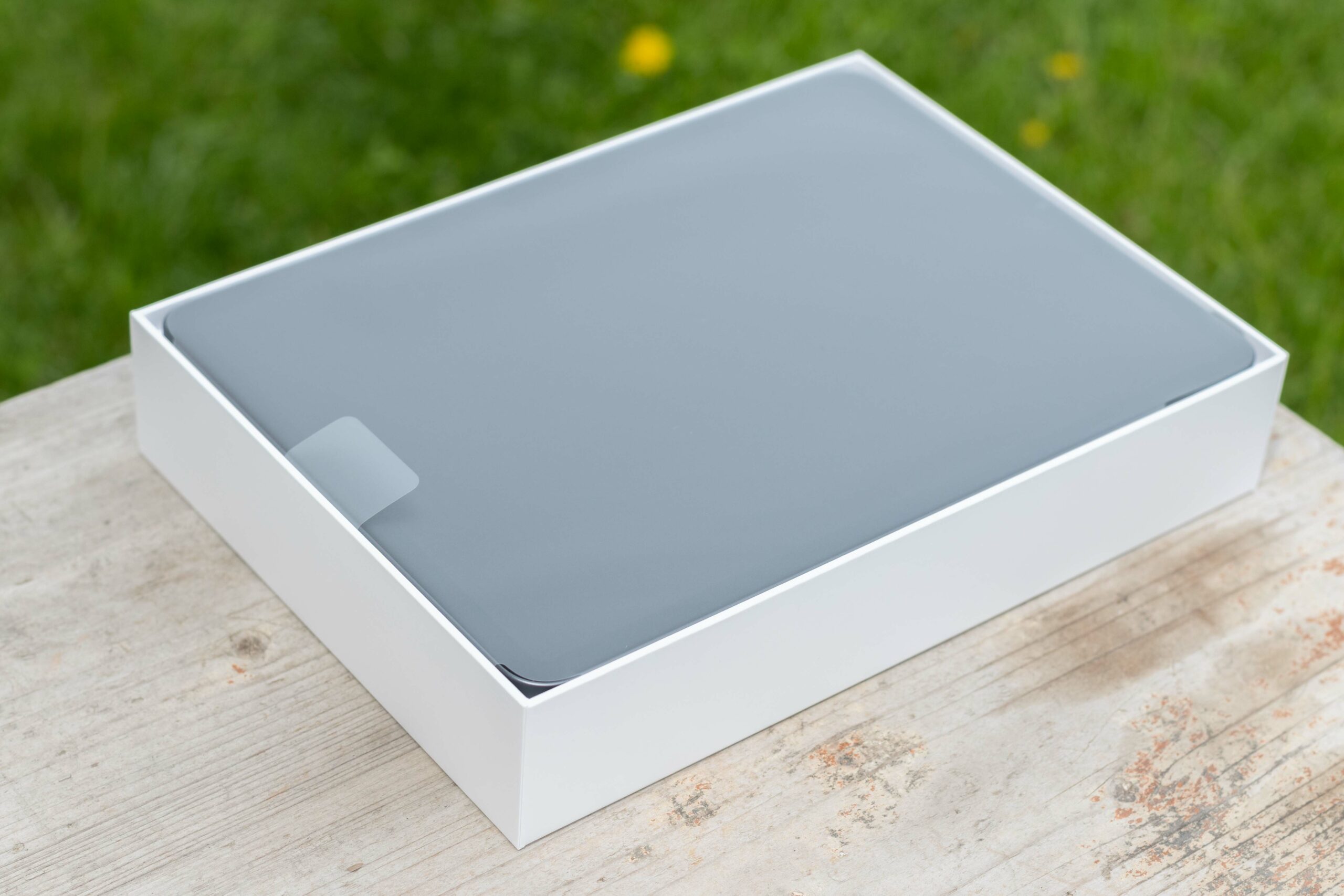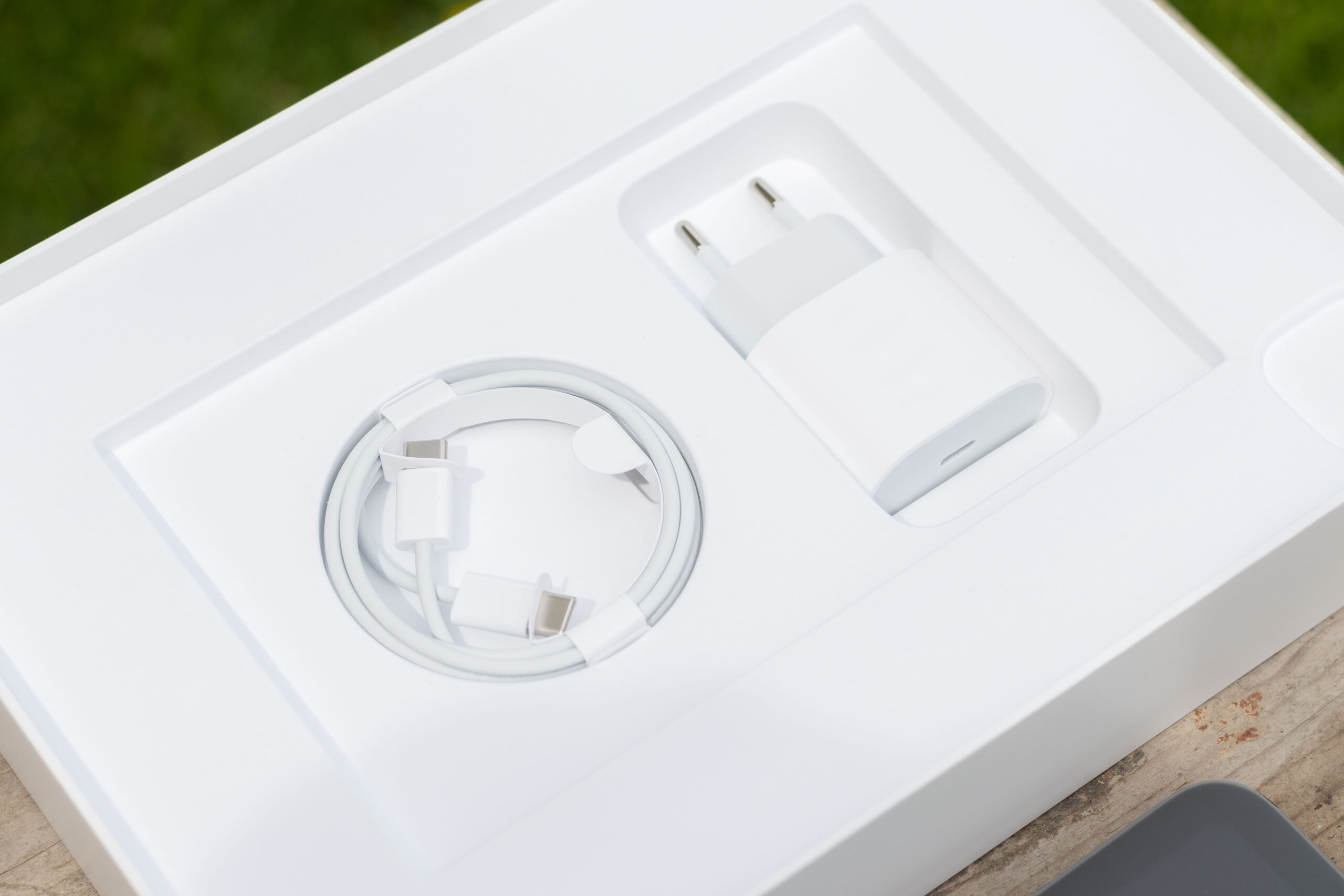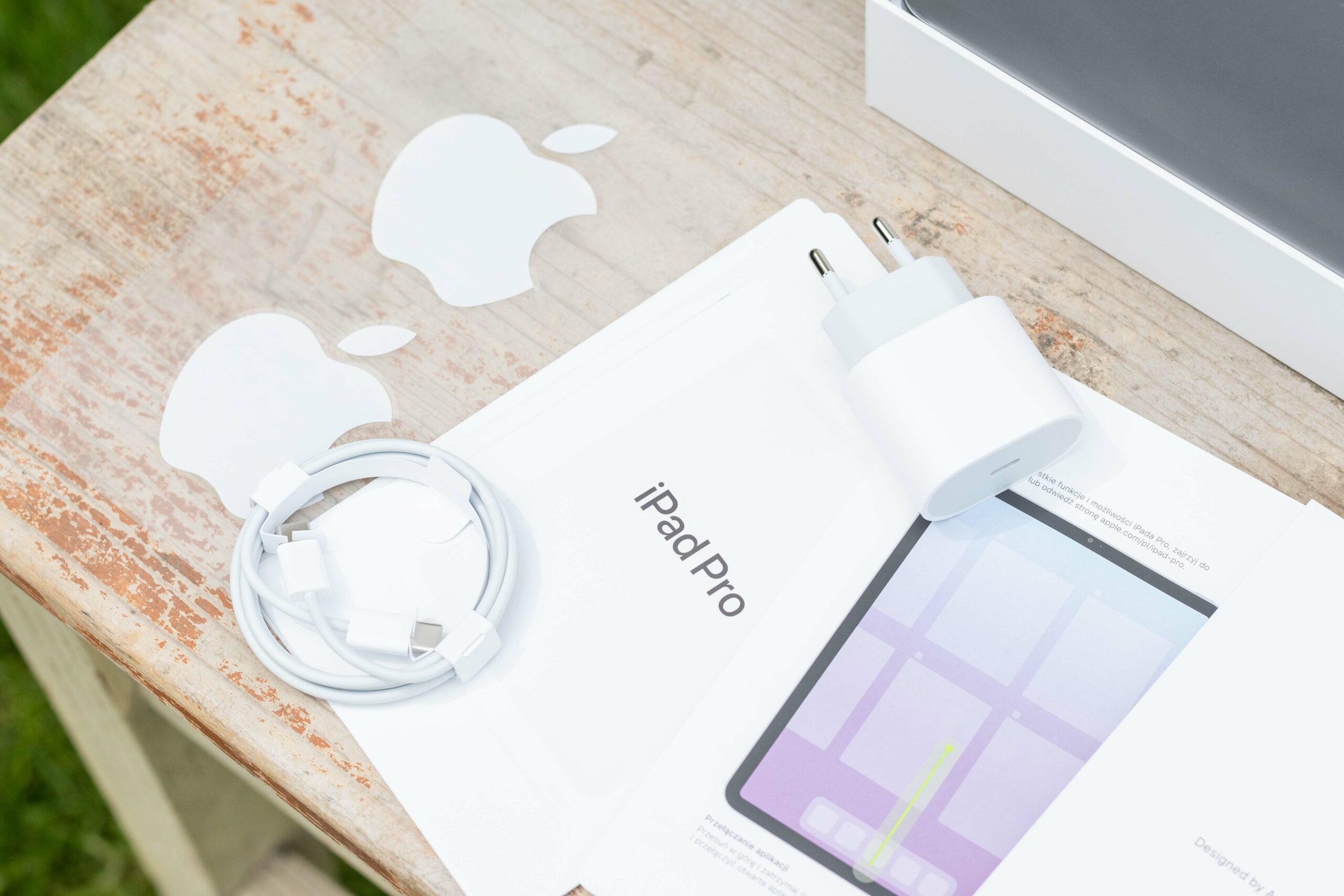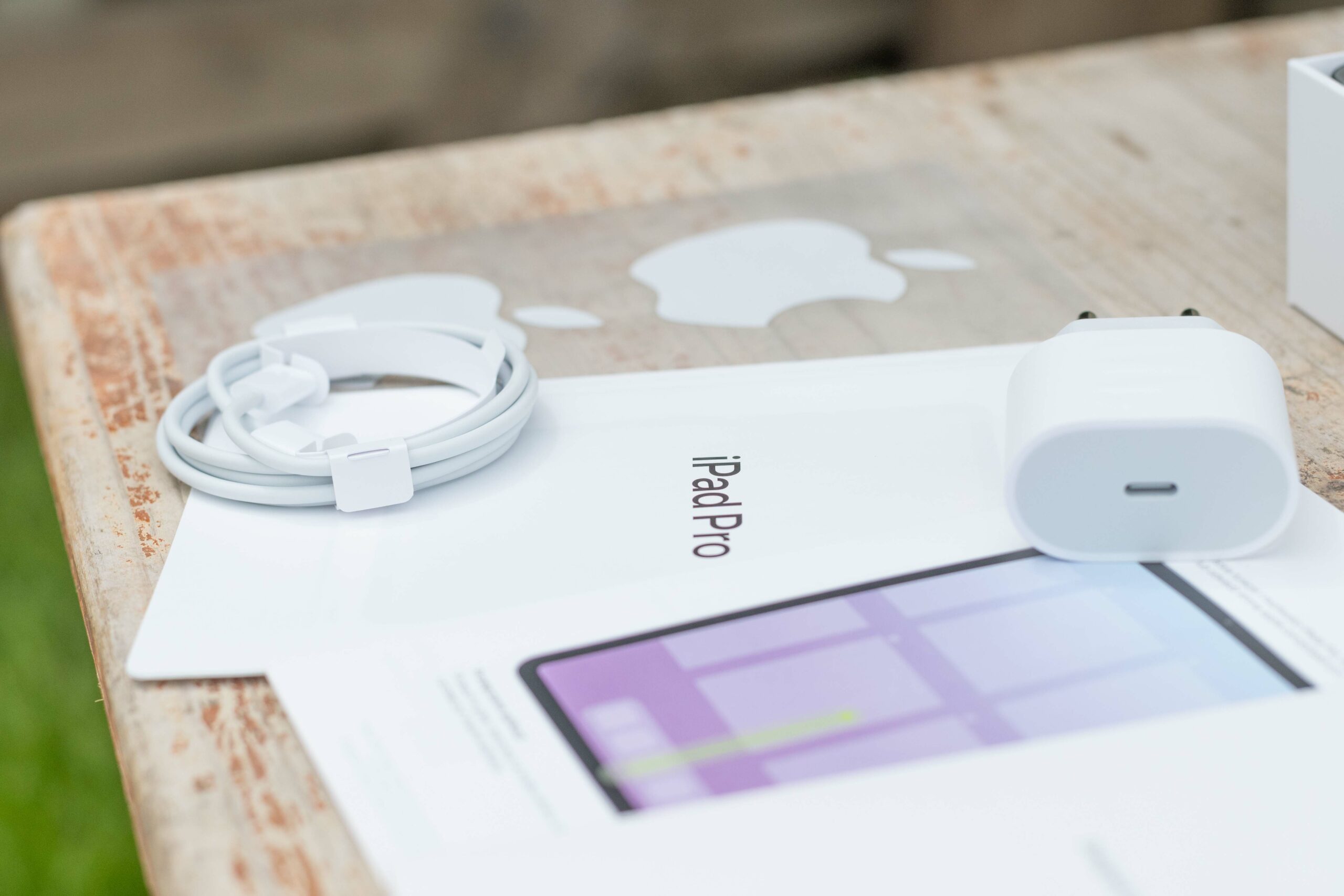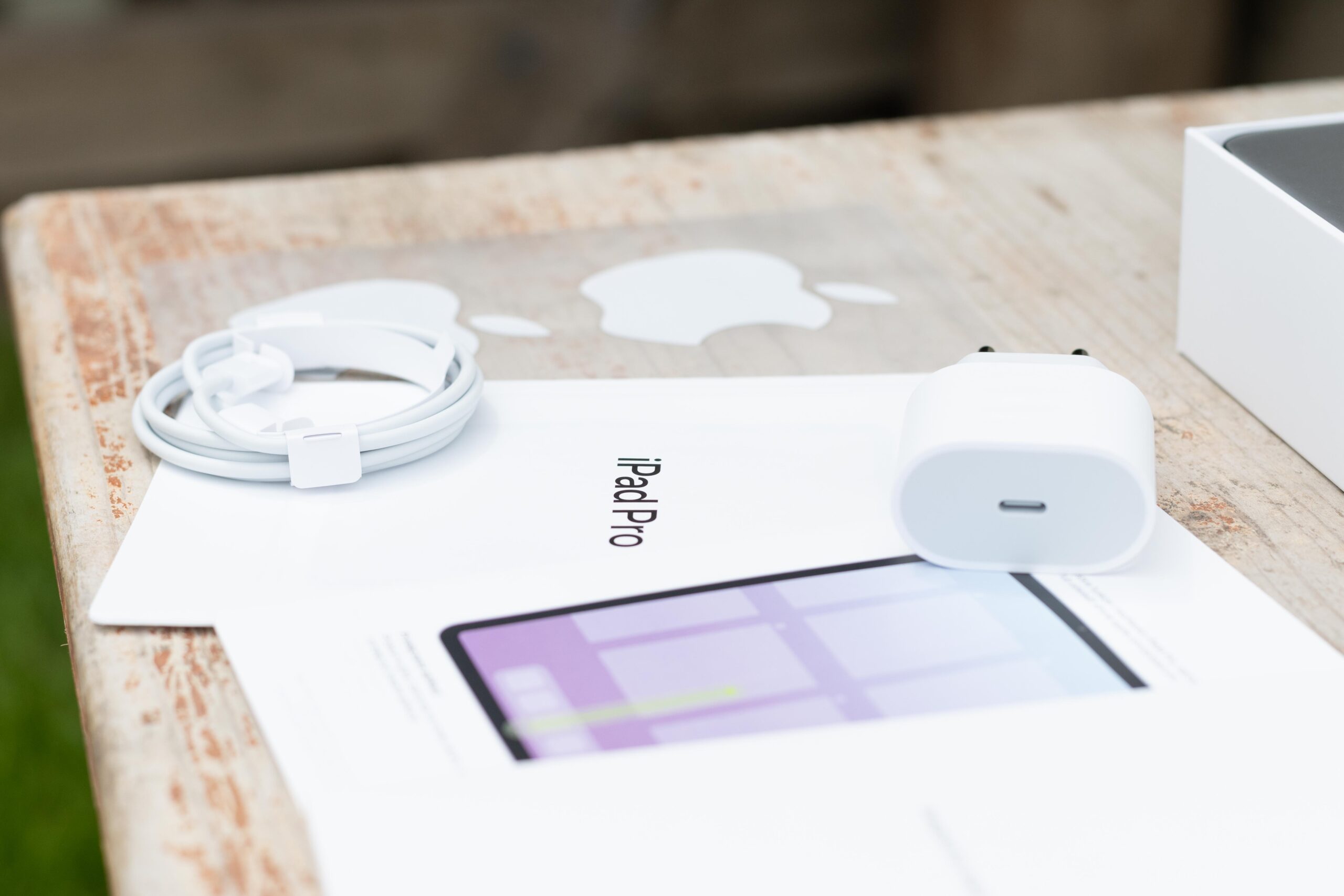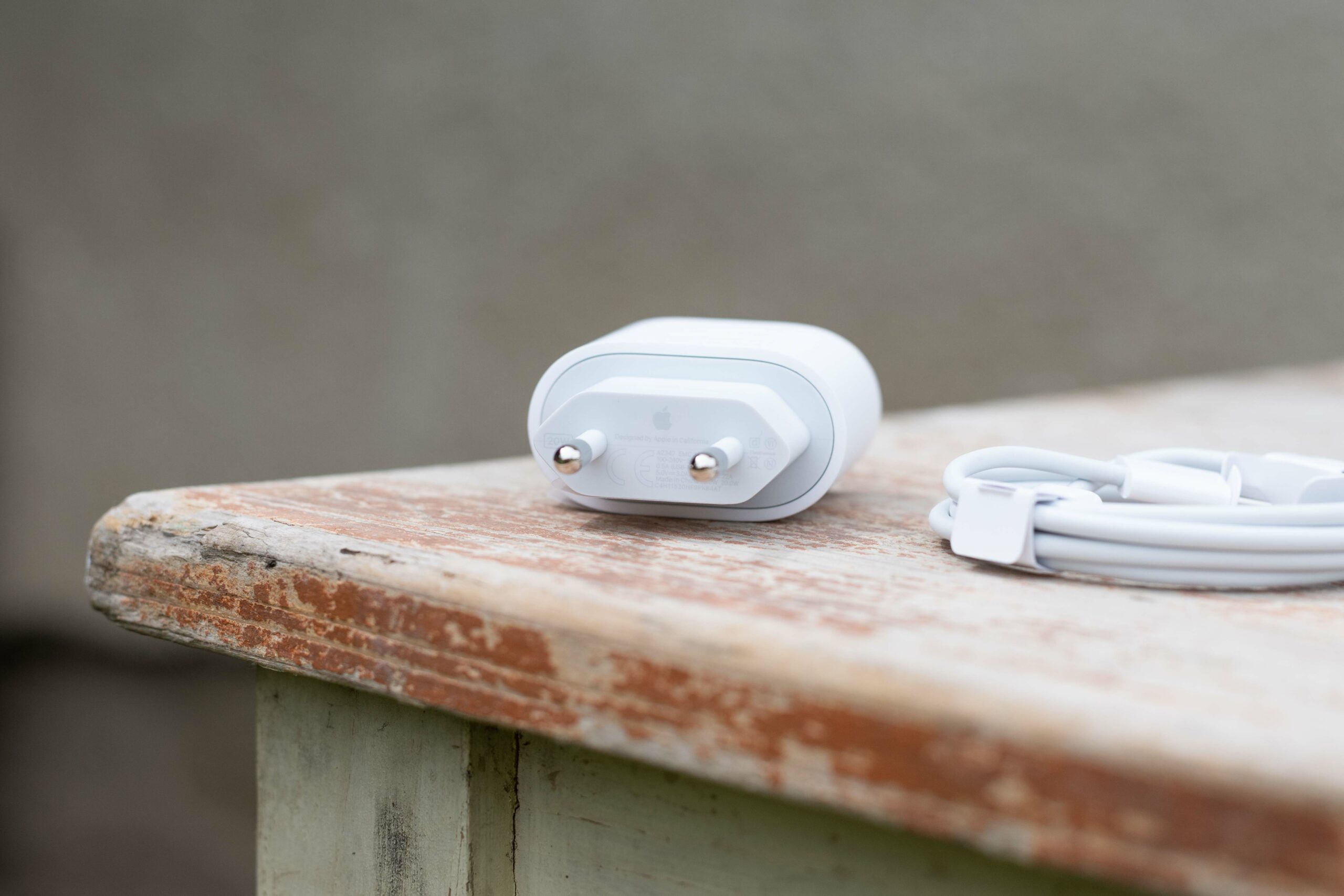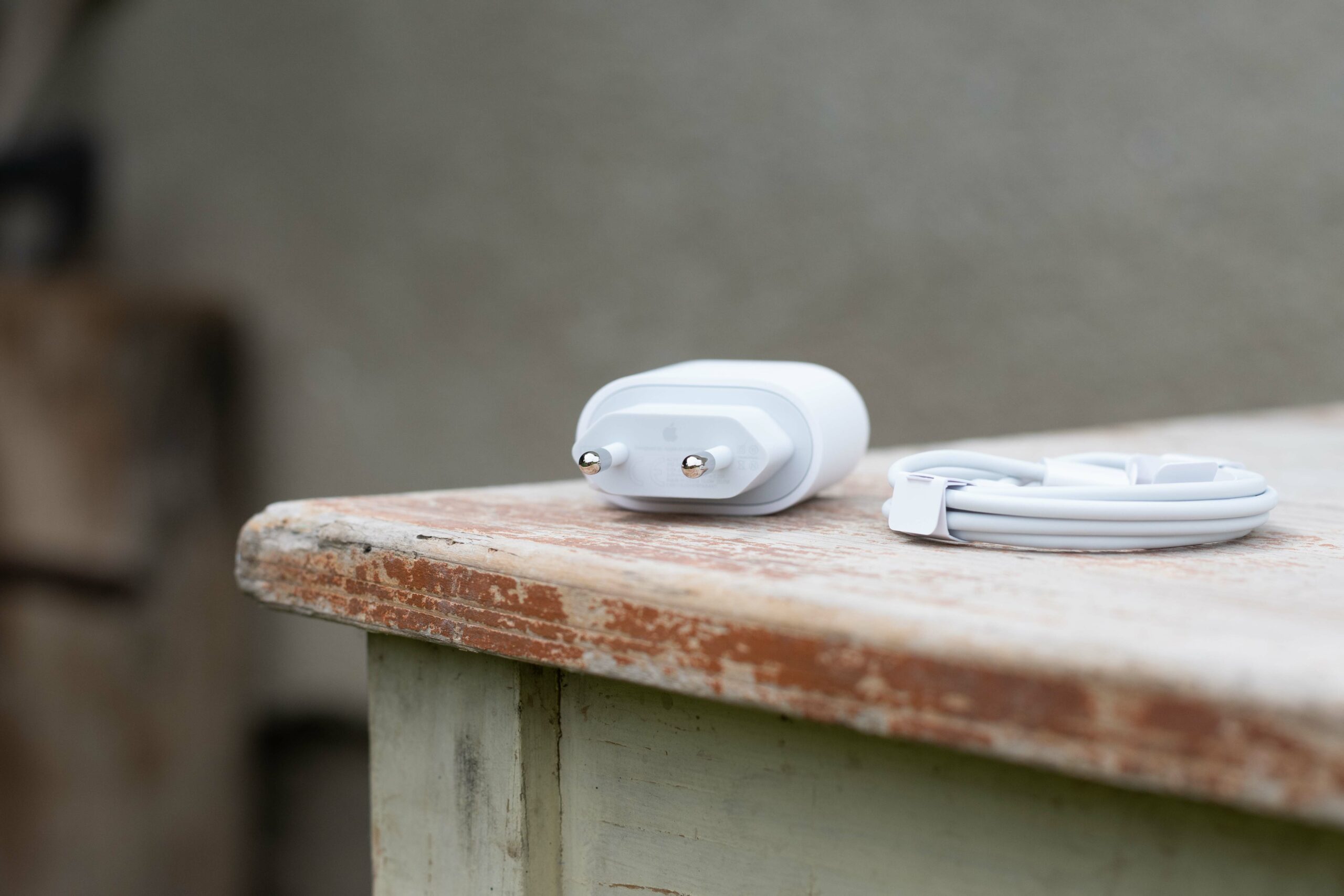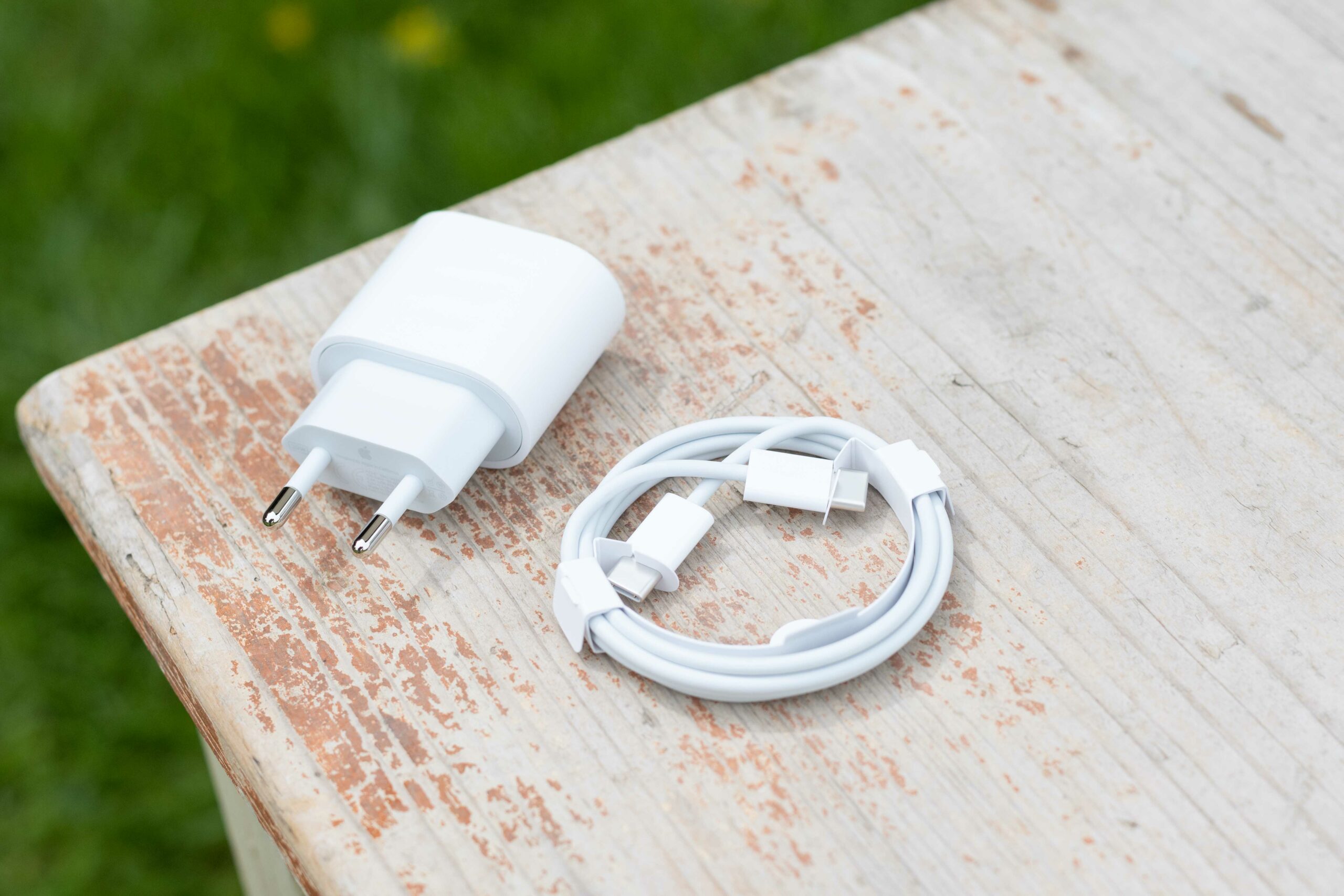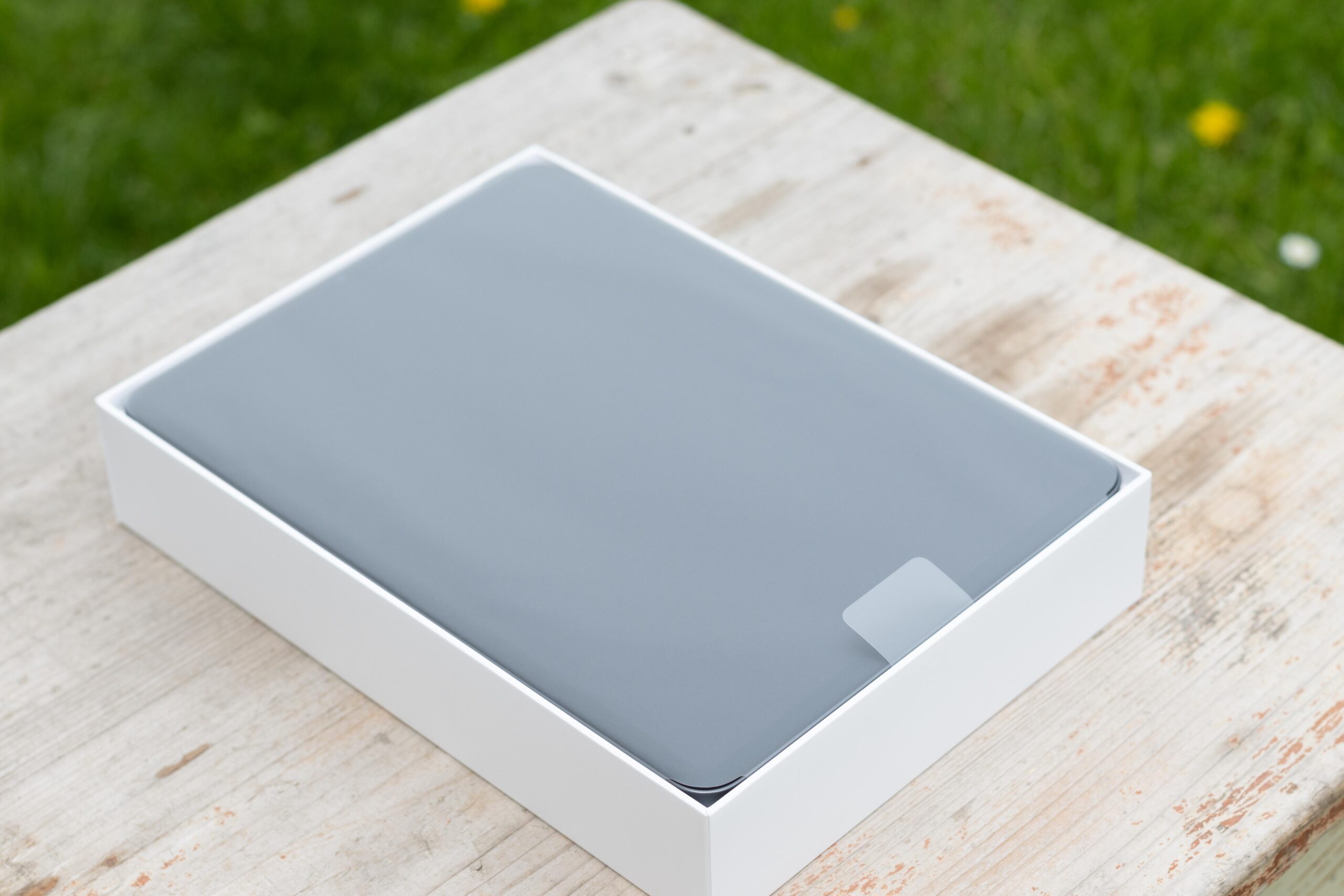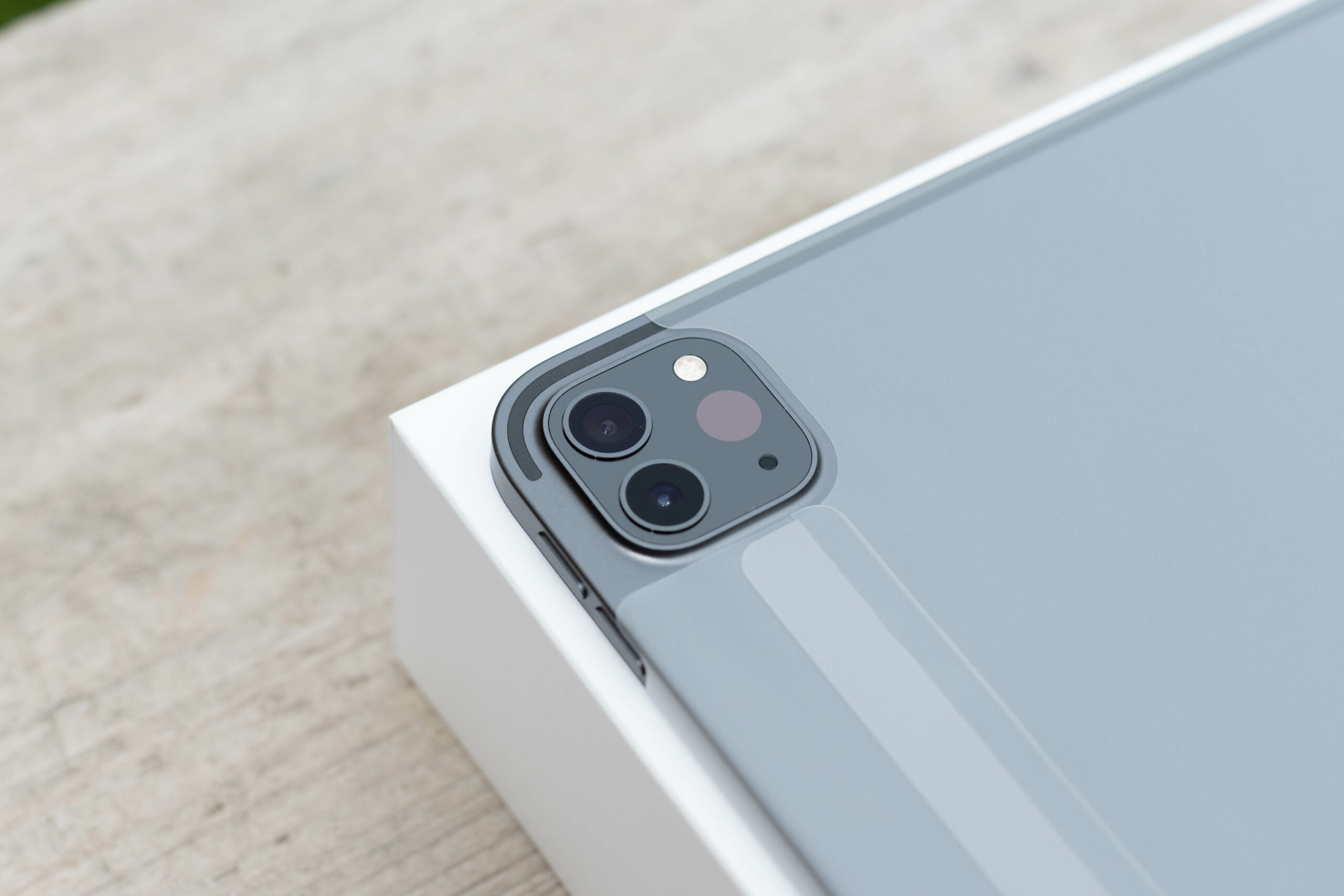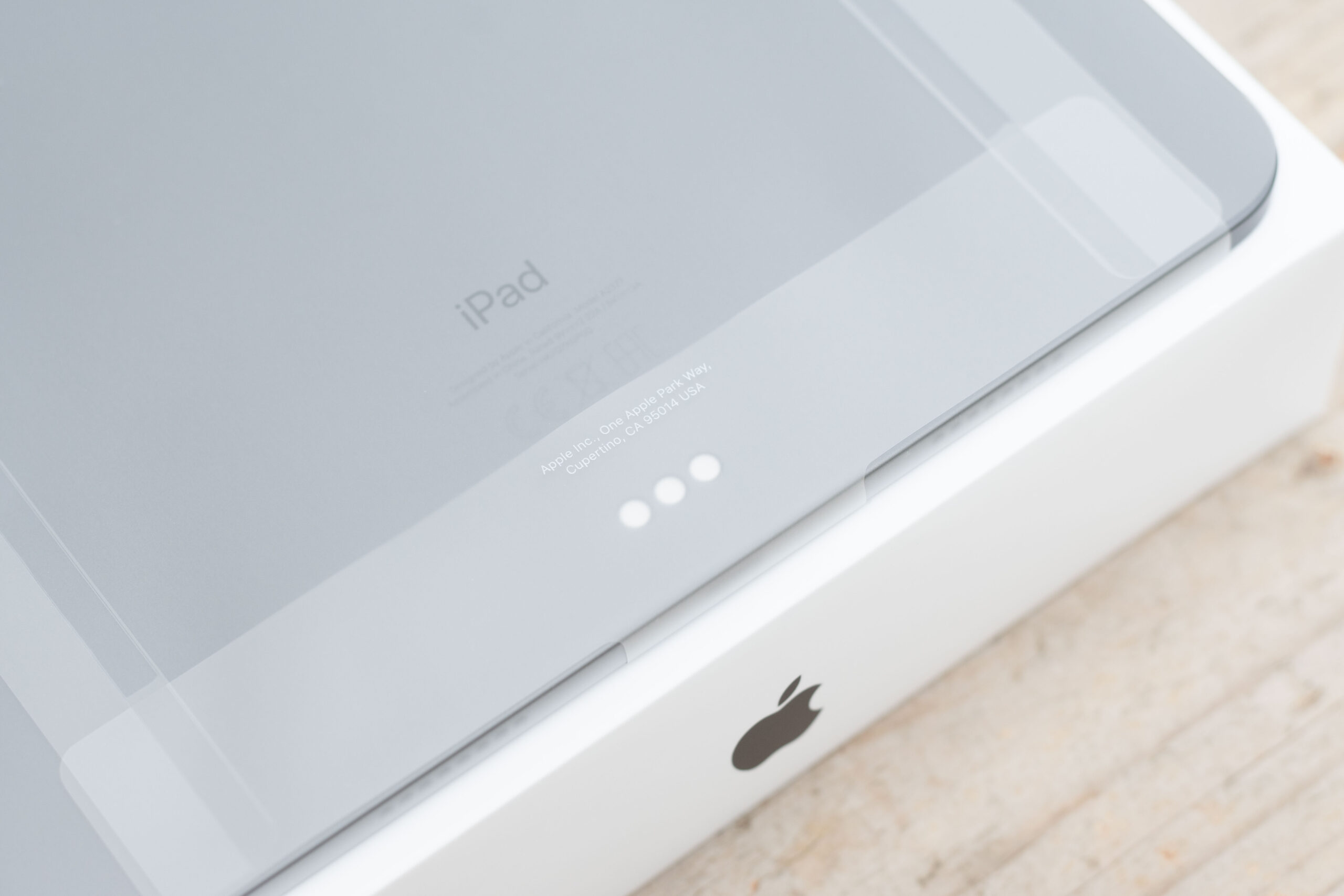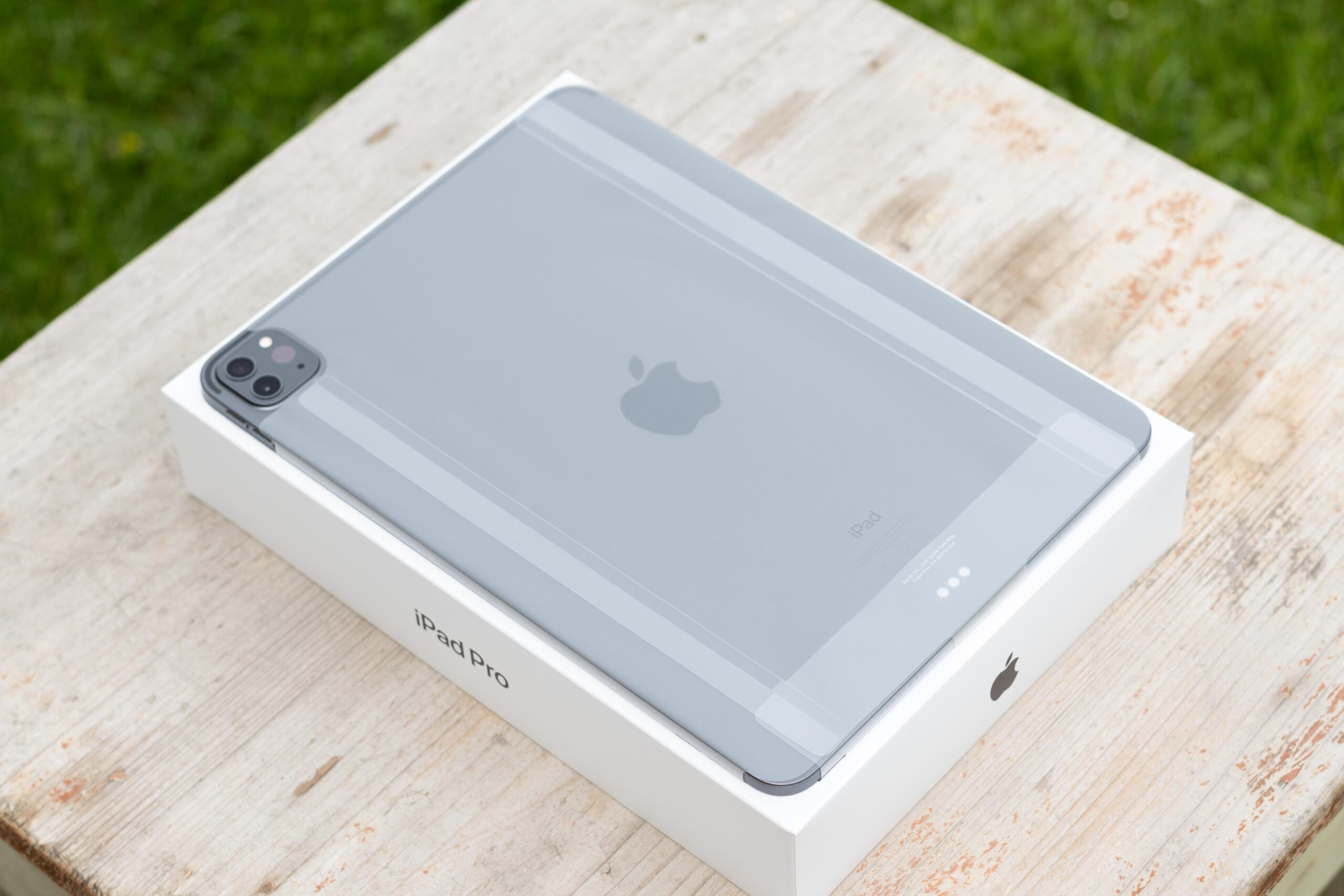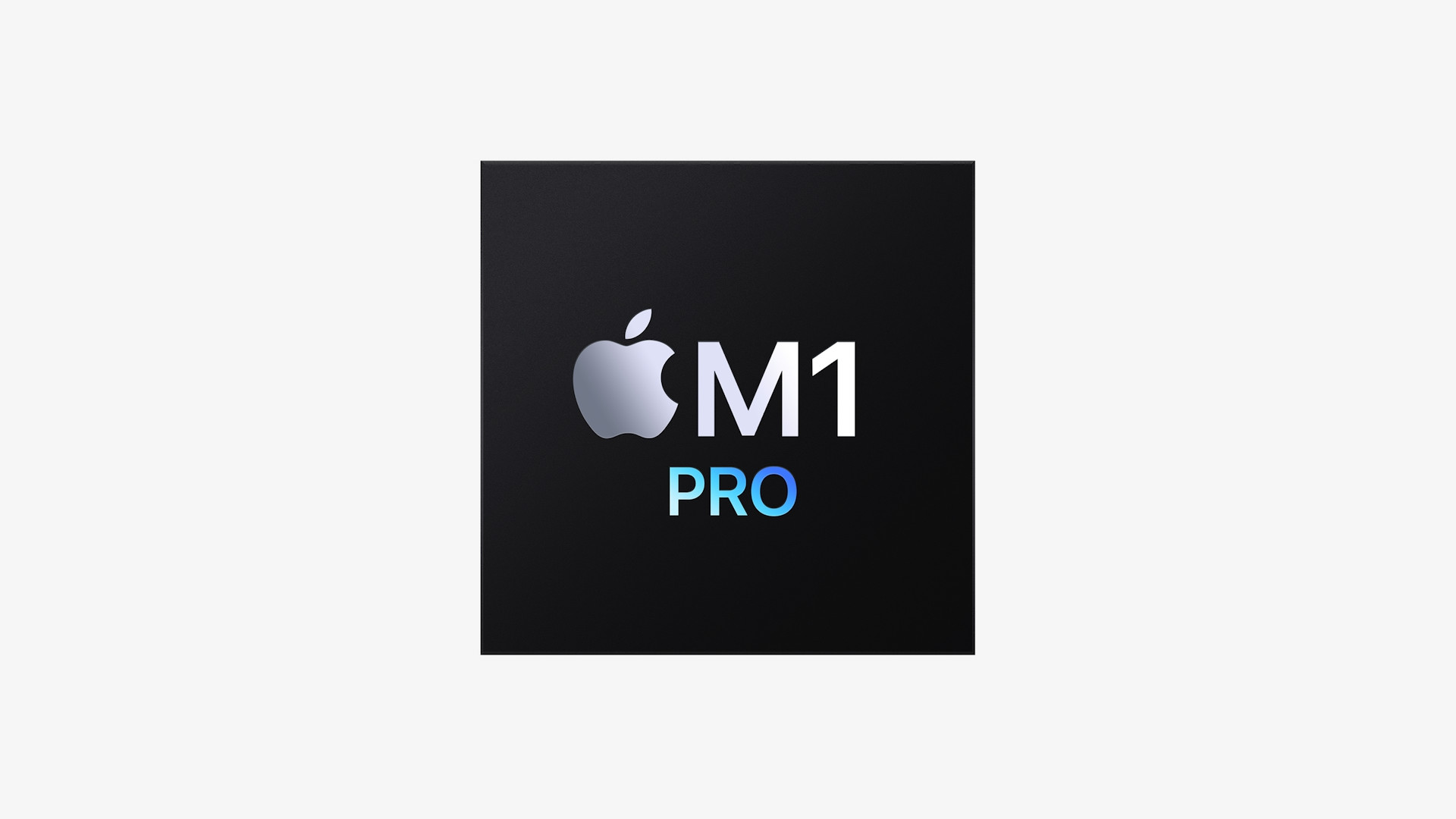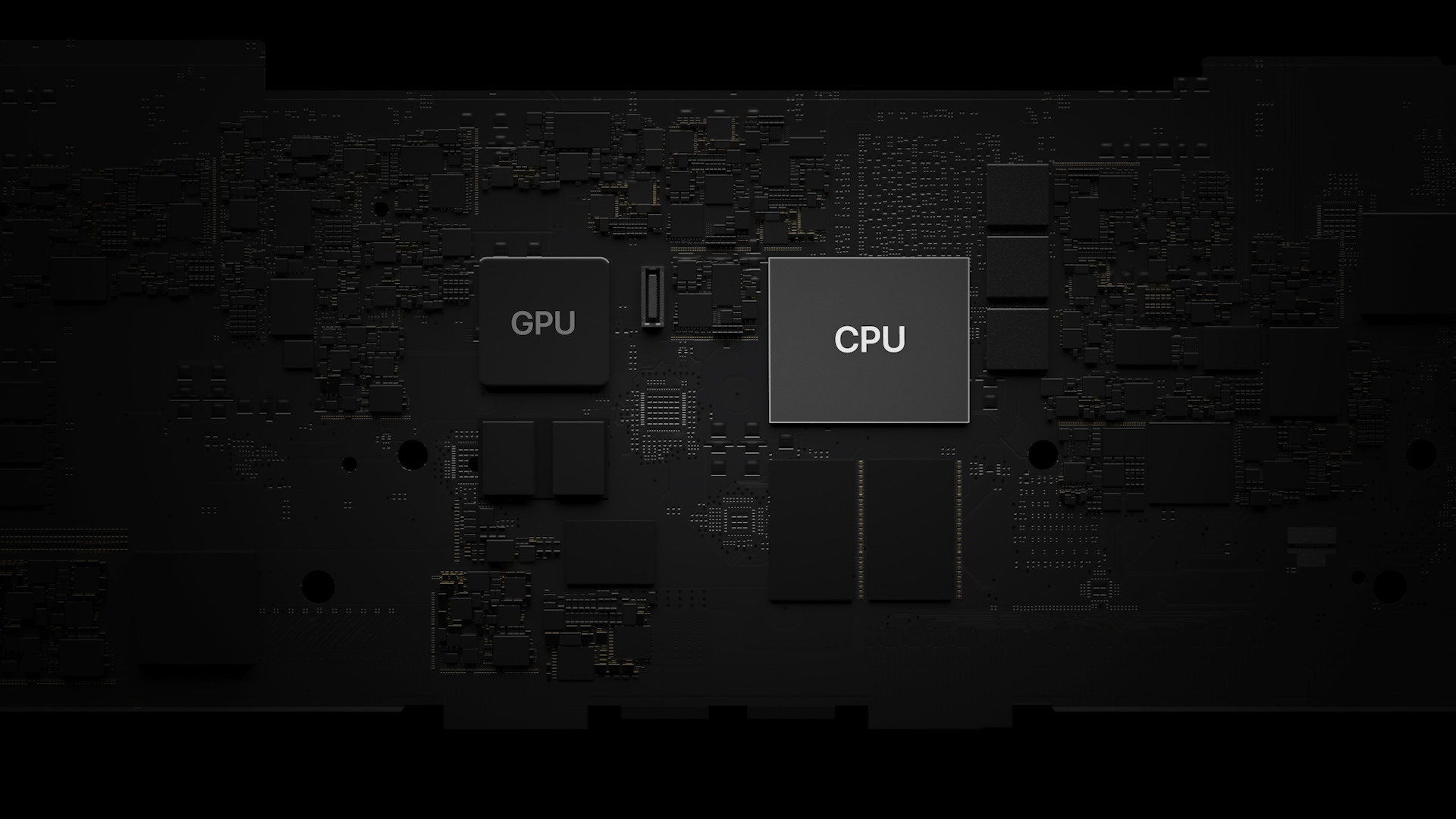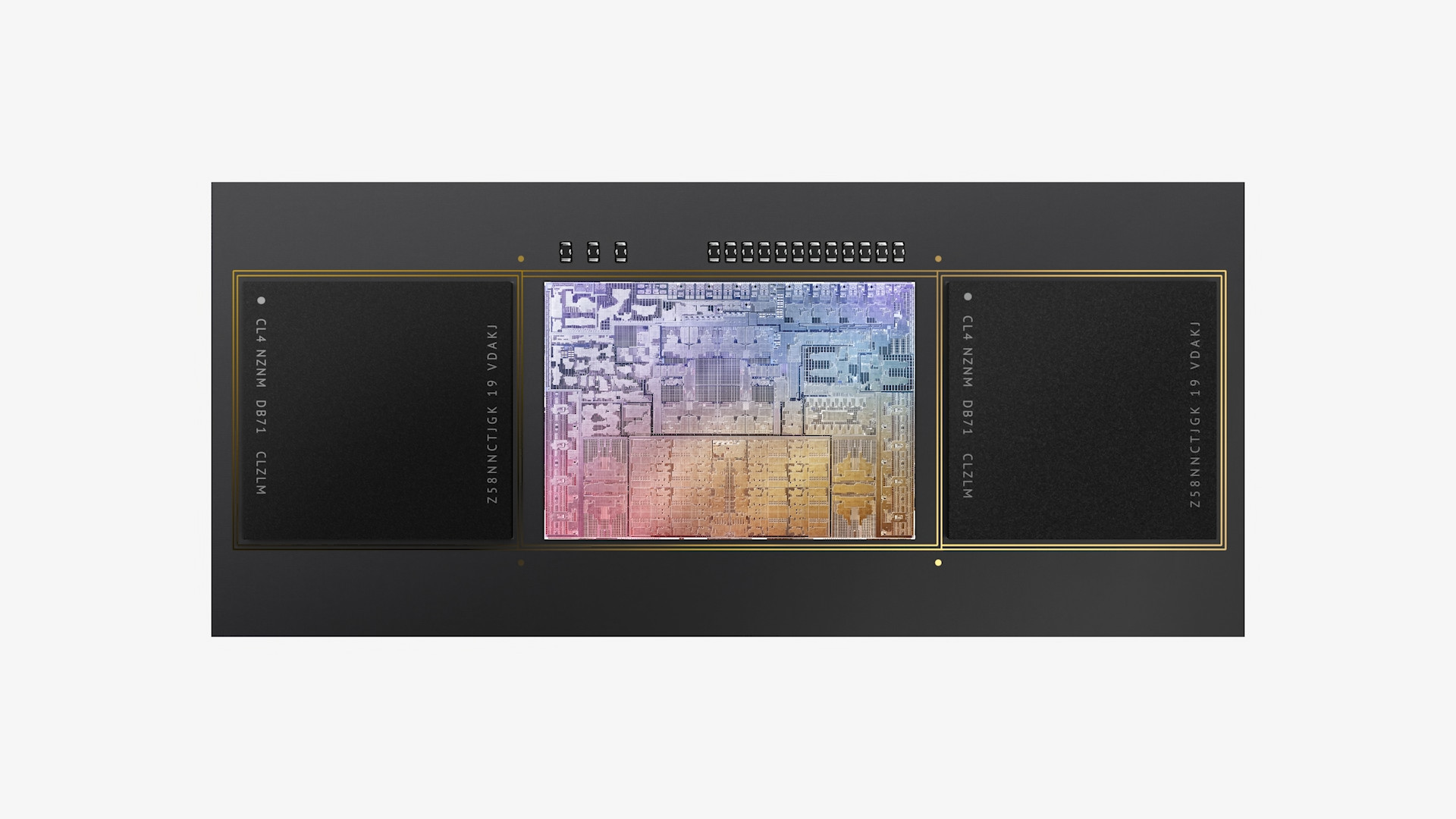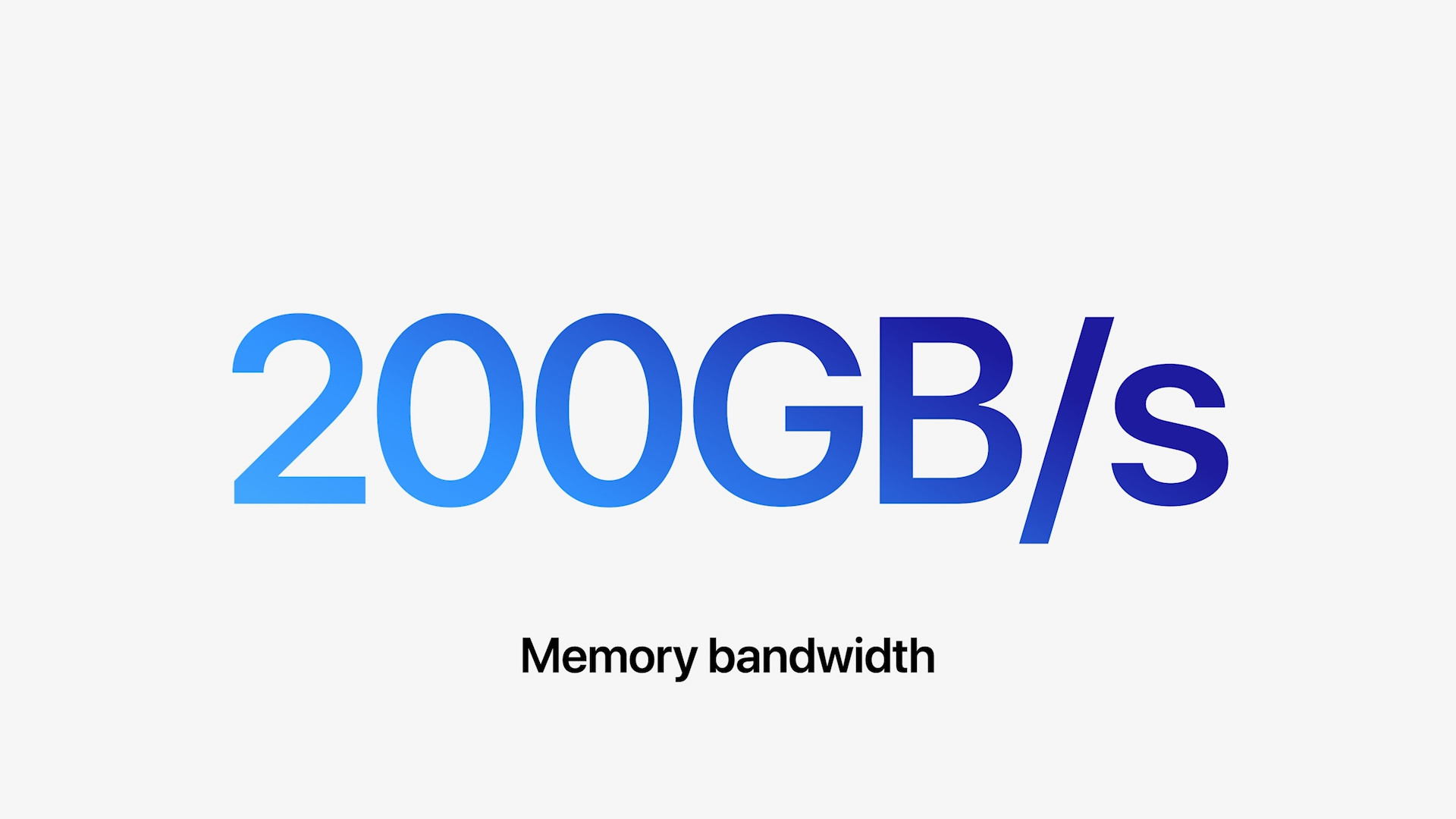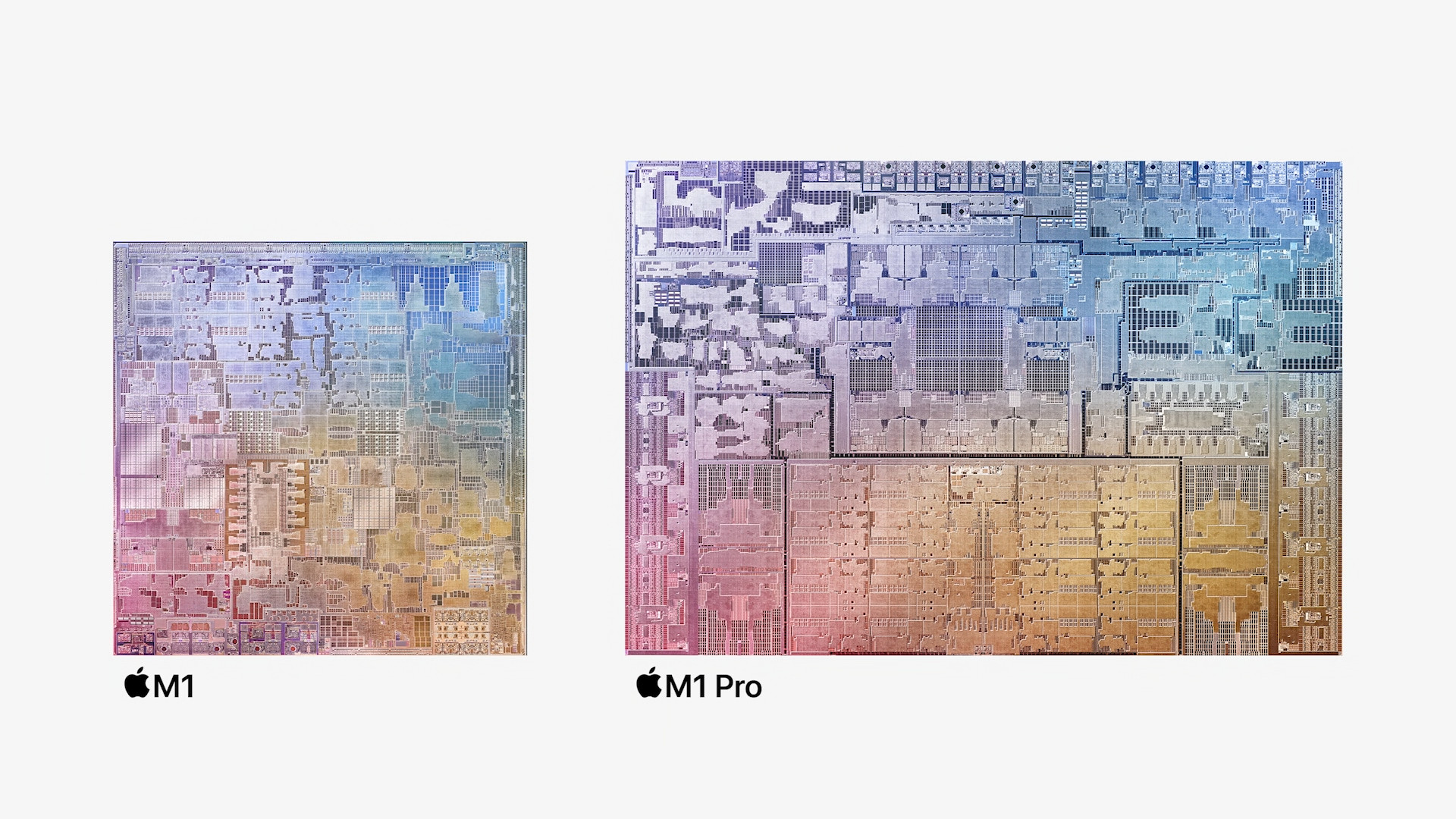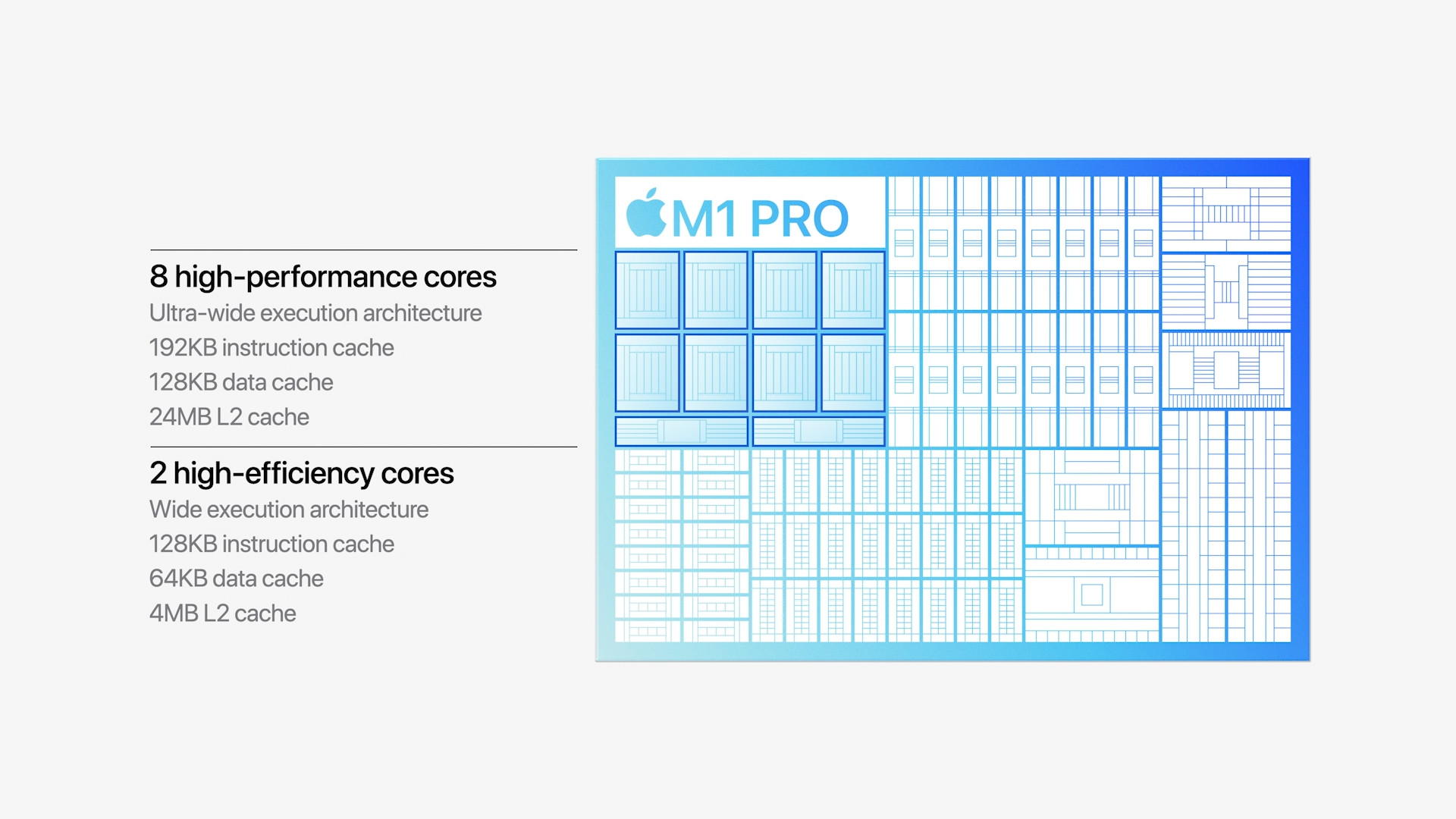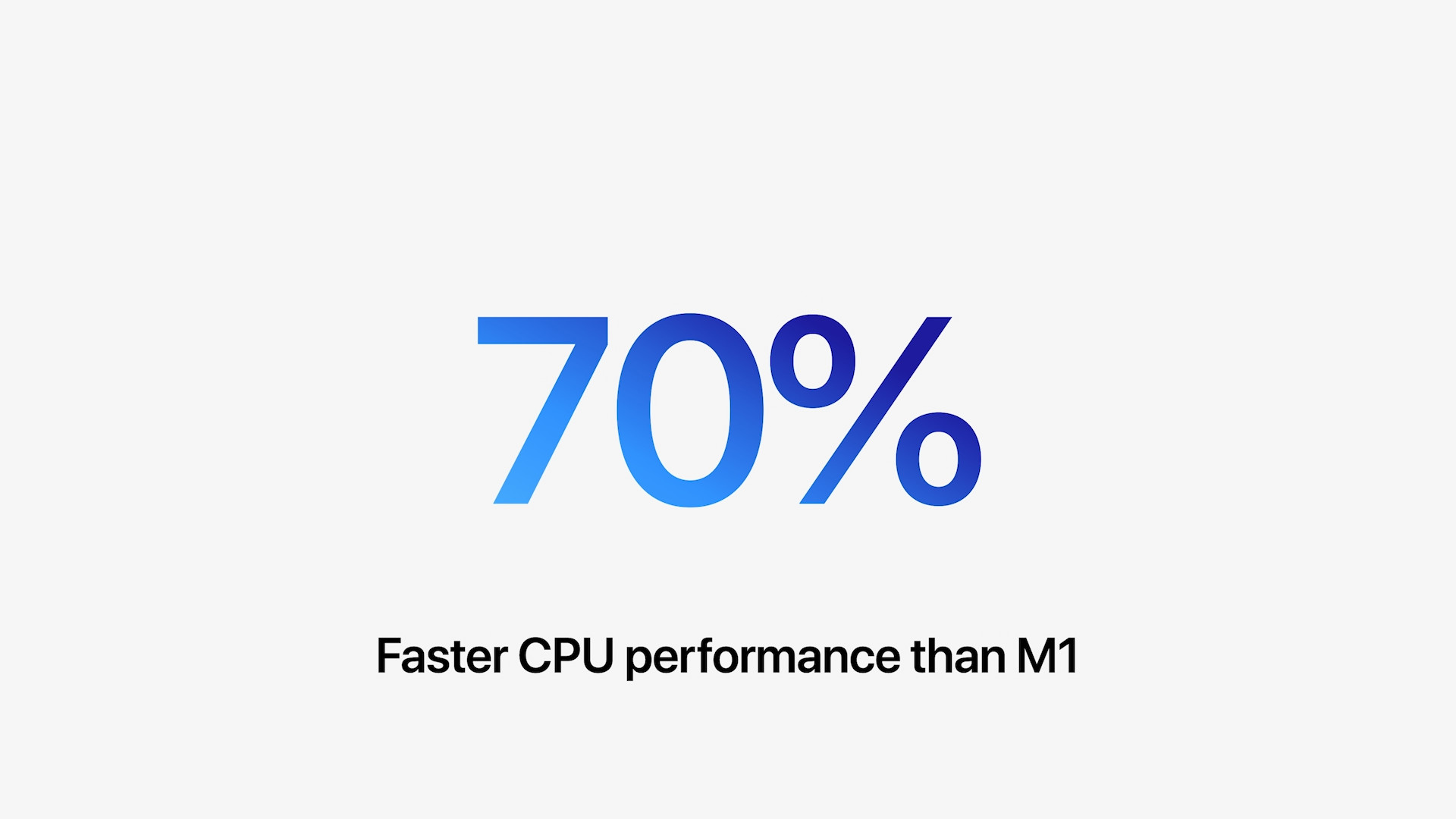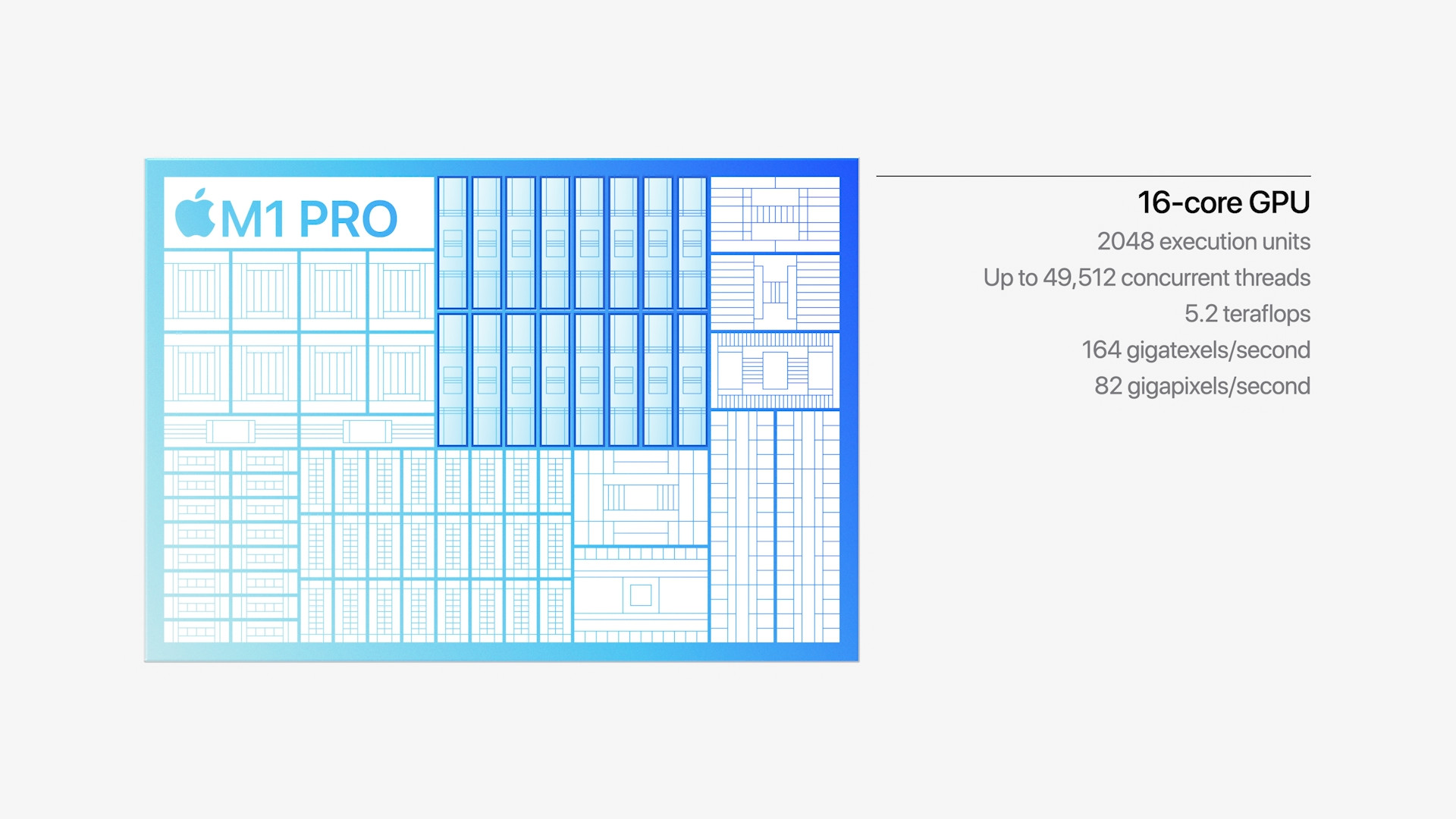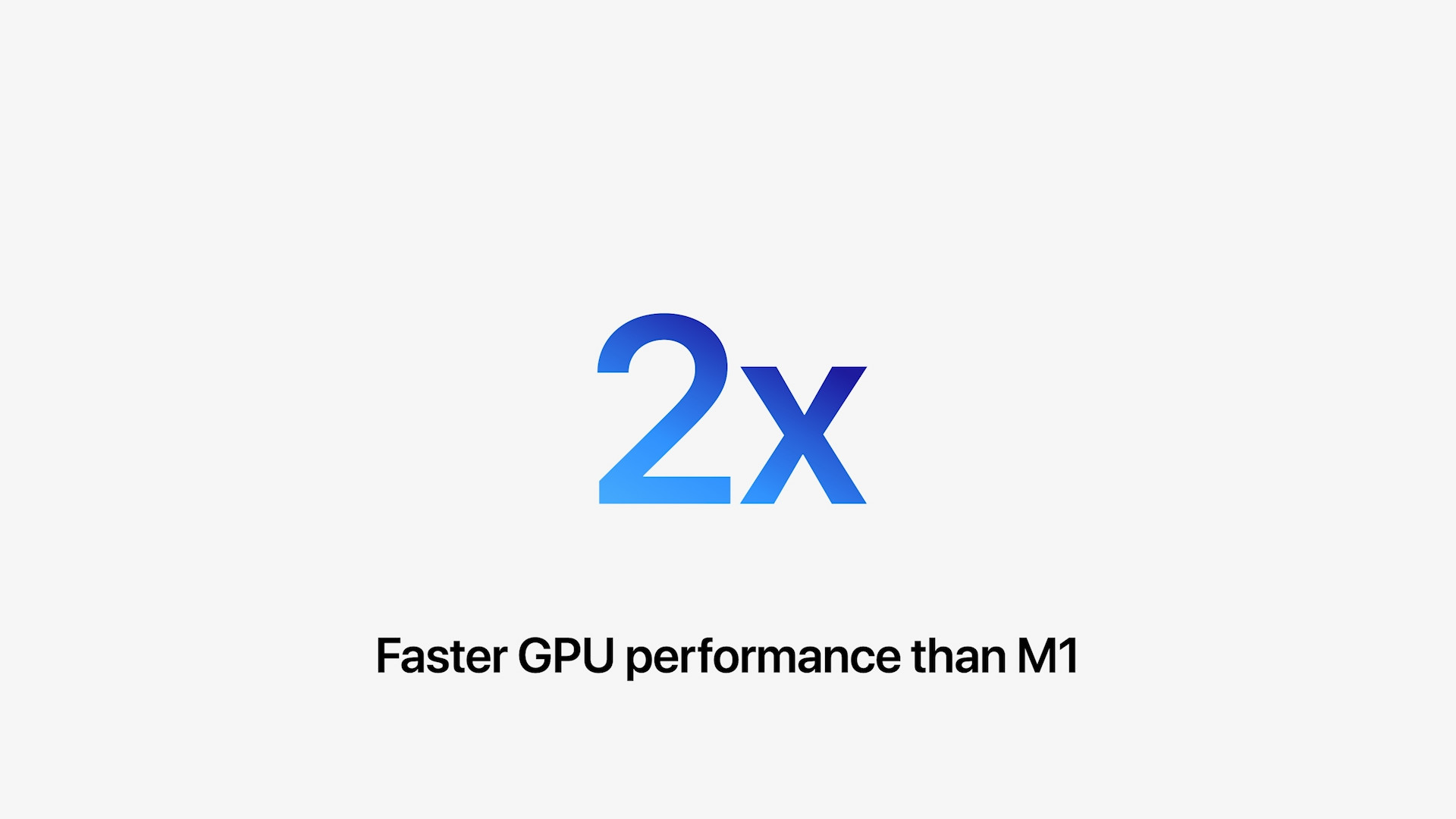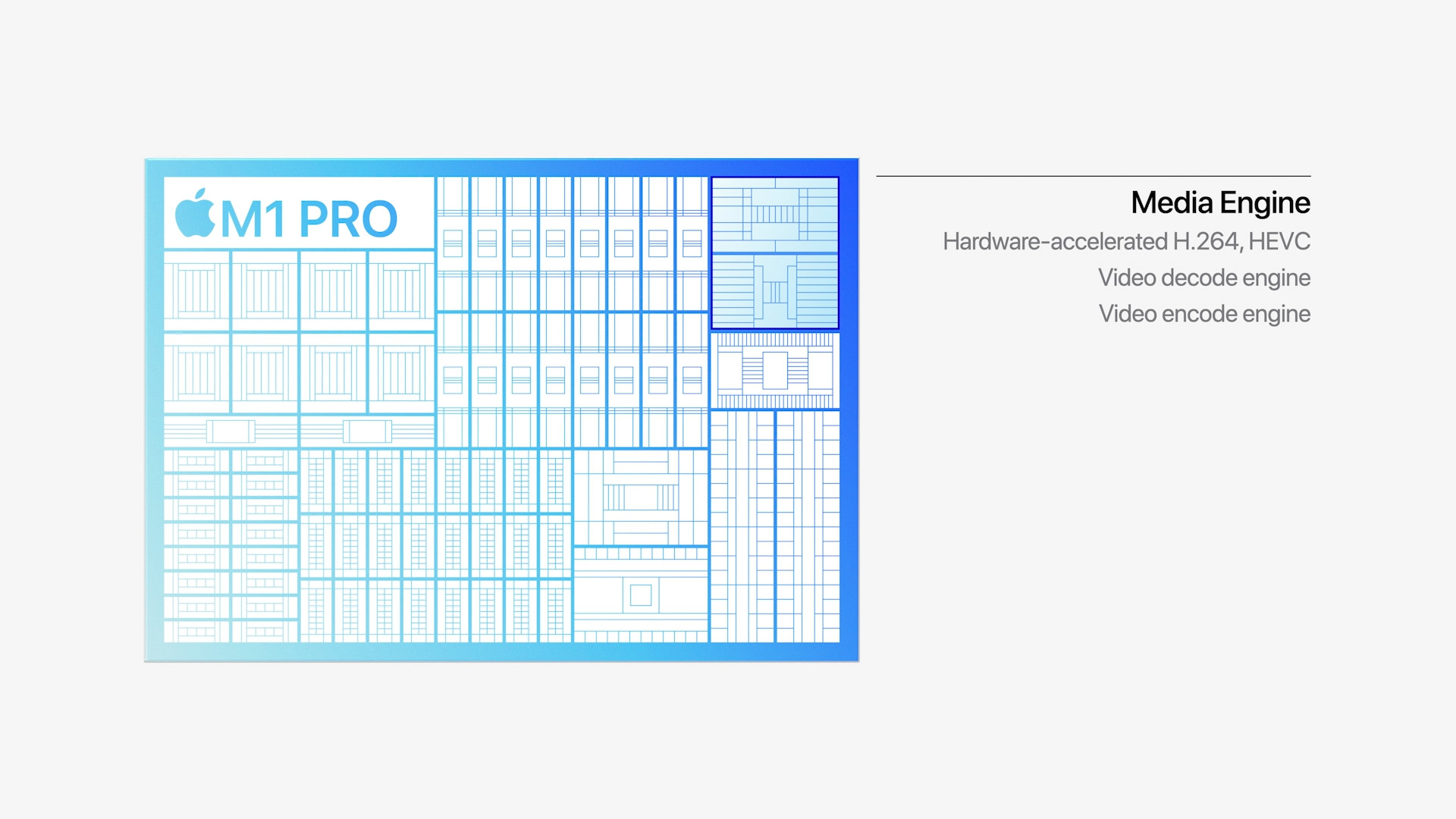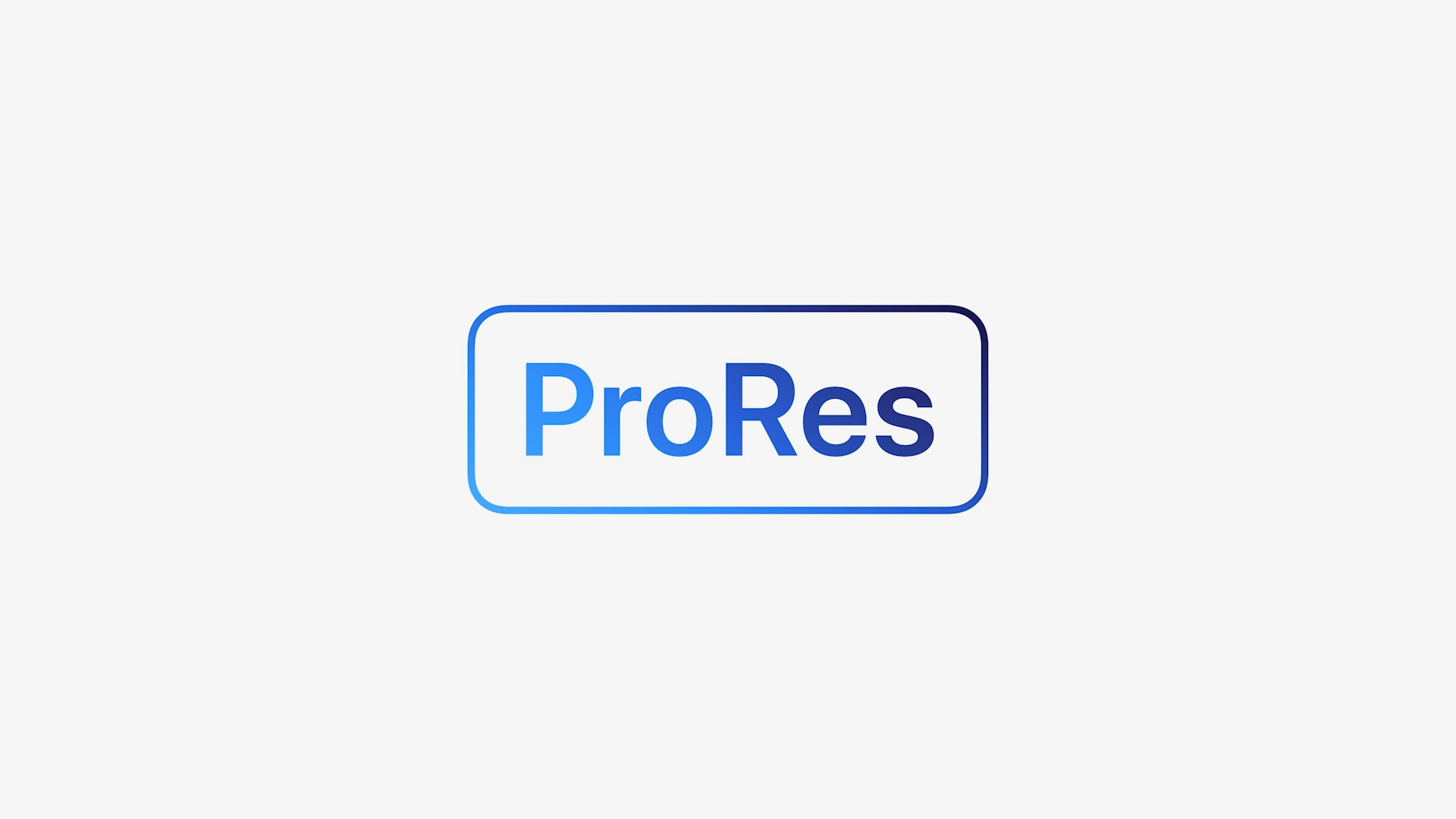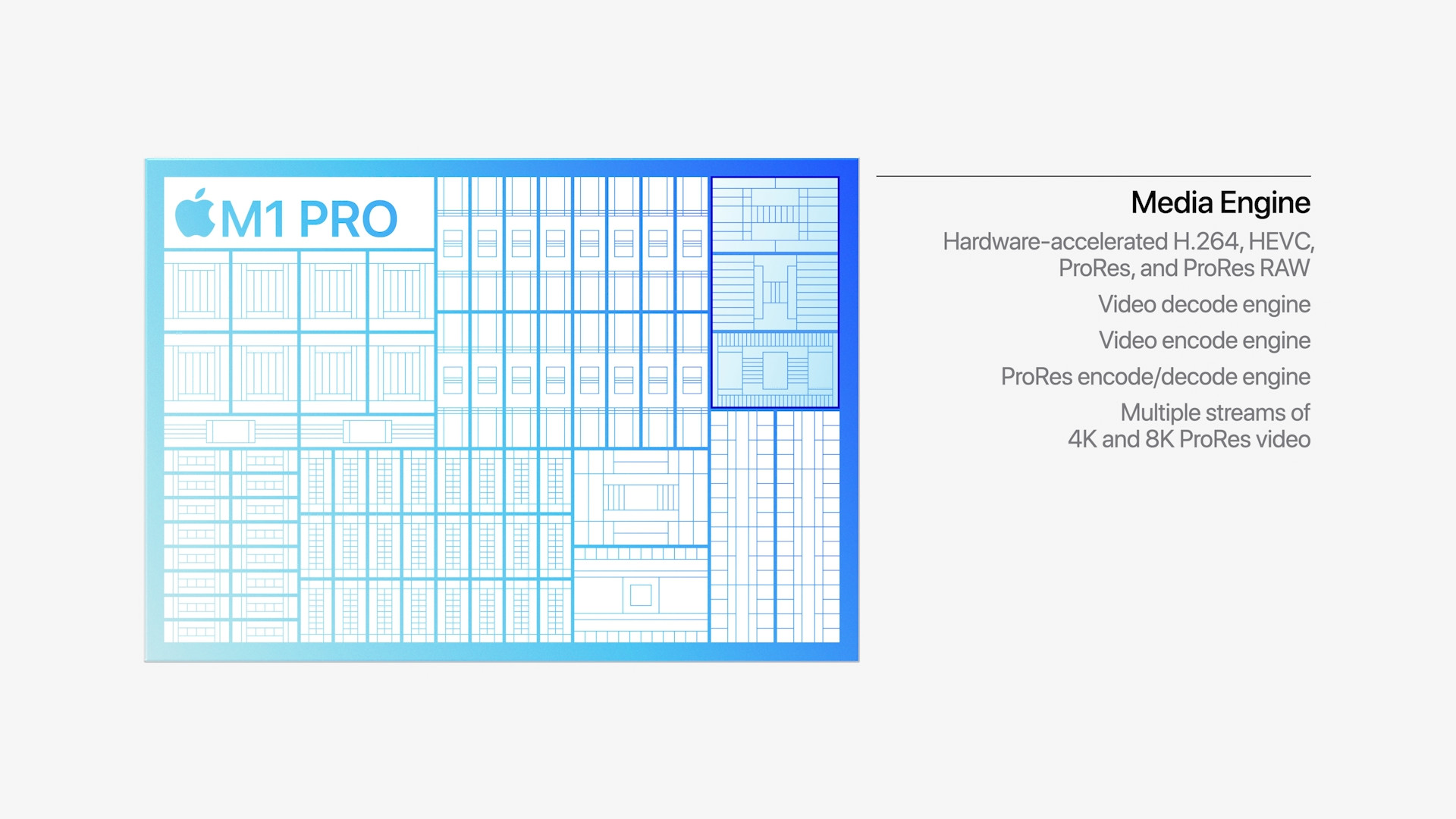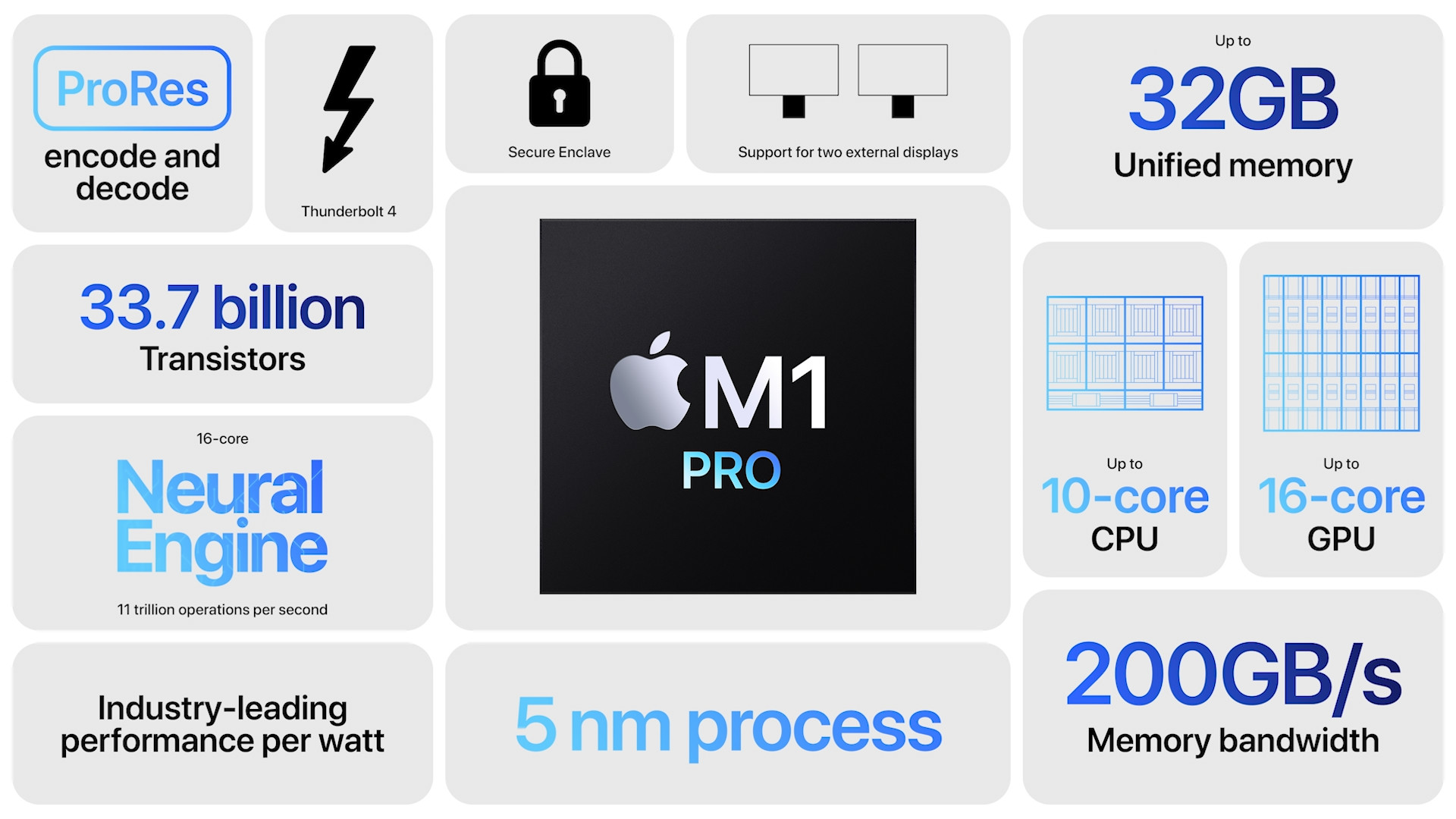This year's iPad Pro duo brought significant changes to this premium line. In addition to the improved mini-LED display on the 12,9-inch model, Apple also introduced its desktop chip, the Apple M1, in this series, enabling tablets to use impressive computing power with minimal impact on battery life. Definitely something to look forward to next year.
Yes, indeed next year, because of course there will be no event this year. Apple has a problem to saturate the market already, with the existing portfolio of its products, let alone to come up with something else at the end of the year, and before the demanding Christmas season. Although we know from history that the first generation of iPad Pro was just introduced in November, it was 2018, and this year, after all, we already have the new iPad Pro. So when can we expect the company's new duo of professional iPads? It is impossible to say with certainty, although next spring is likely.
In 2020, the performance took place already in March, this year it was in May. The release dates are not as fixed as for example with iPhones, but judging by the last two years, the months of March/April/May are in play. And the price? Here, there is probably no reason to believe that it should be somehow higher or, on the contrary, lower. The current basic versions are priced at 22 CZK for the 990" model and 11 for the 30" model, so the new products will probably copy them.
It could be interest you
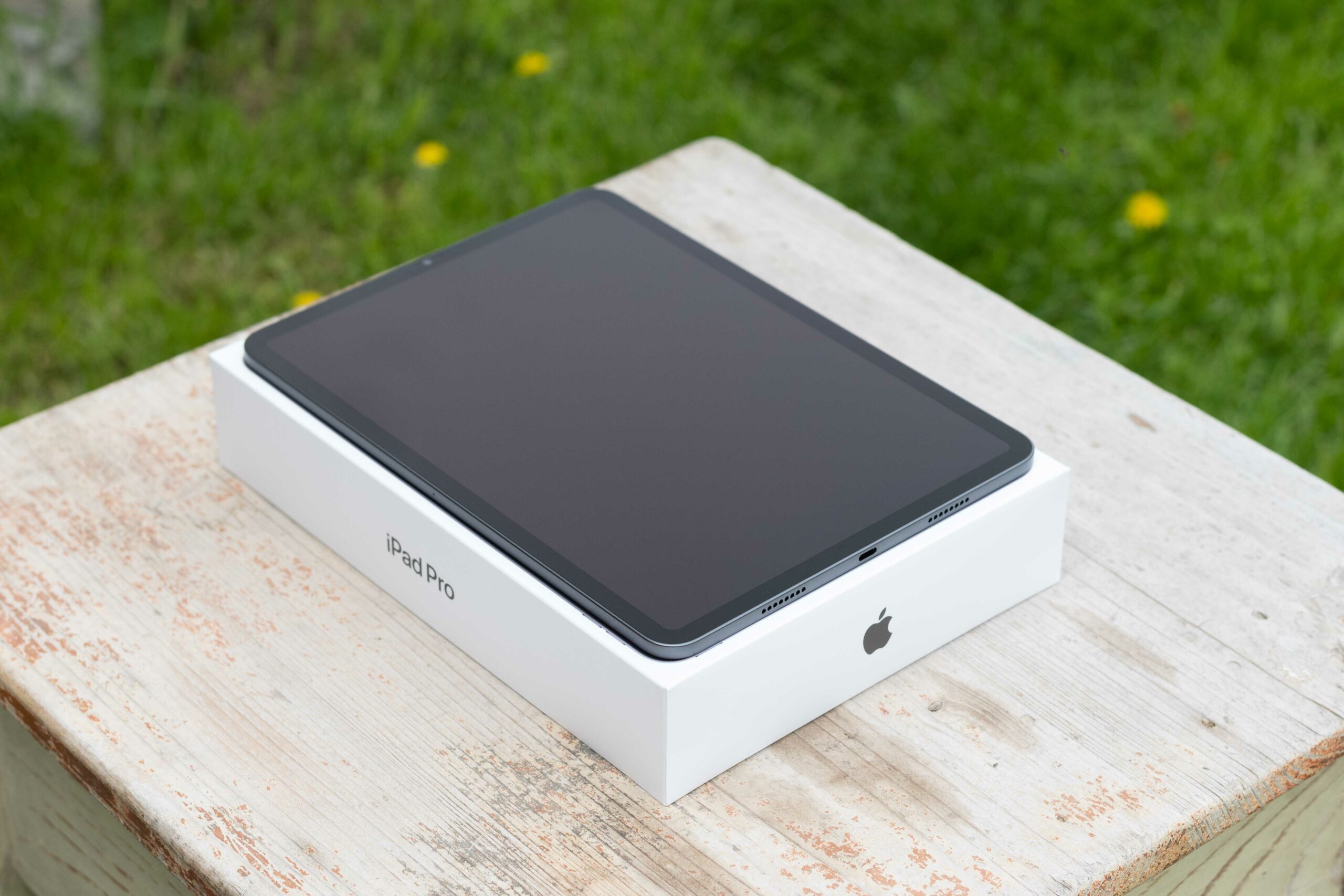
Design
Apple has spent the last year unifying the design language of its entire mobile product line, with the iPad Mini 6 and iPhone 13 actually having the same angular look as the iPad Pro line (the exot is actually just a newly introduced classic iPad). With that in mind, Apple is not expected to rework the look in any way. Even so, we could expect some news regarding the appearance.
Charging
As mentioned by the agency Bloomberg, iPads should get wireless charging. However, this would only make sense when using MagSafe technology, which will offer 15W compared to the standard Qi 7,5W. And if wireless charging comes, a glass back must also be present.
But there are several questions about this claim. For example, how will it be with the weight of the device, because glass is heavy after all and must also be thicker than the aluminum itself. Then where the charging will be located. If there is MagSafe integration, it can be on the edge, but I can't imagine putting the iPad on a small charging pad, even if it should be in the middle of the device. The exact setting here will probably not be completely easy.
In the same report, Bloomberg also suggests that the switch to glass backs will bring reverse wireless charging. This would allow owners to charge their iPhones or rather AirPods through the iPad. However, since Apple Watch uses a different type of wireless charging, they will not be supported.
It could be interest you
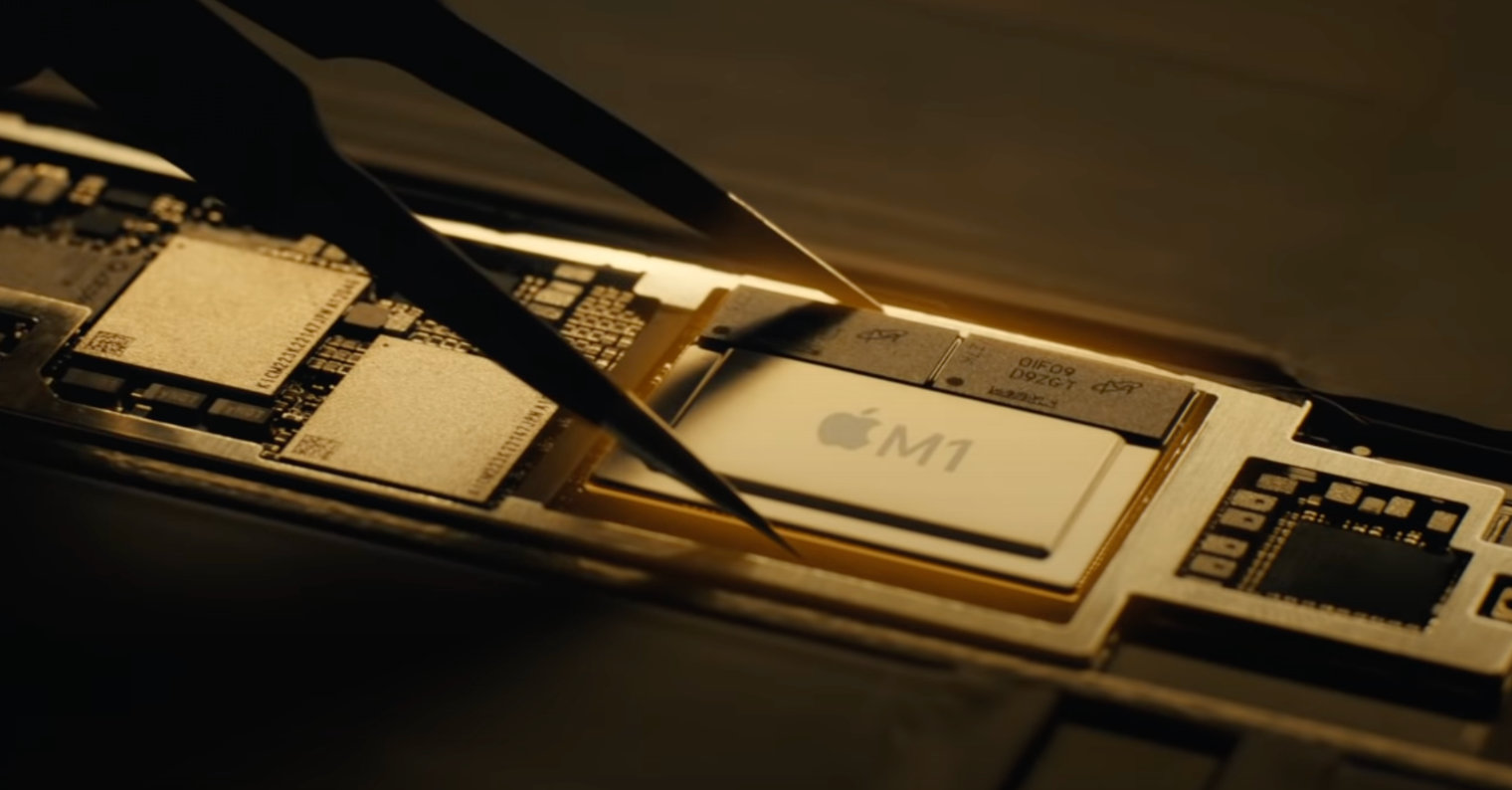
Chip
Given Apple's move to the M1 chipset in the iPad Pro line, it's safe to assume that it will be included in the future as well. But here Apple sewed a bit of a whip on itself. If M1 is still present, the device will not actually experience an increase in performance. The M1 Pro may come (the M1 Max probably wouldn't make sense), but isn't it ultimately too much to put such performance into a tablet? But Apple has no middle ground. But we can also expect a lightweight chip that will be placed between the M1 and M1 Pro. Maybe the M1 SE?
Display
If none of the above was ultimately true, the most likely novelty will be the presence of a mini-LED display even in the smaller 11" model. As seen on the current 12,9" iPad Pro, this is a huge step forward compared to the standard LCD displays used in previous generations. And since we will already have one year of exclusivity for the best model, there is no reason why the "less" equipped one should not get it as well. After all, Apple has already used mini-LEDs in MacBook Pros as well.
